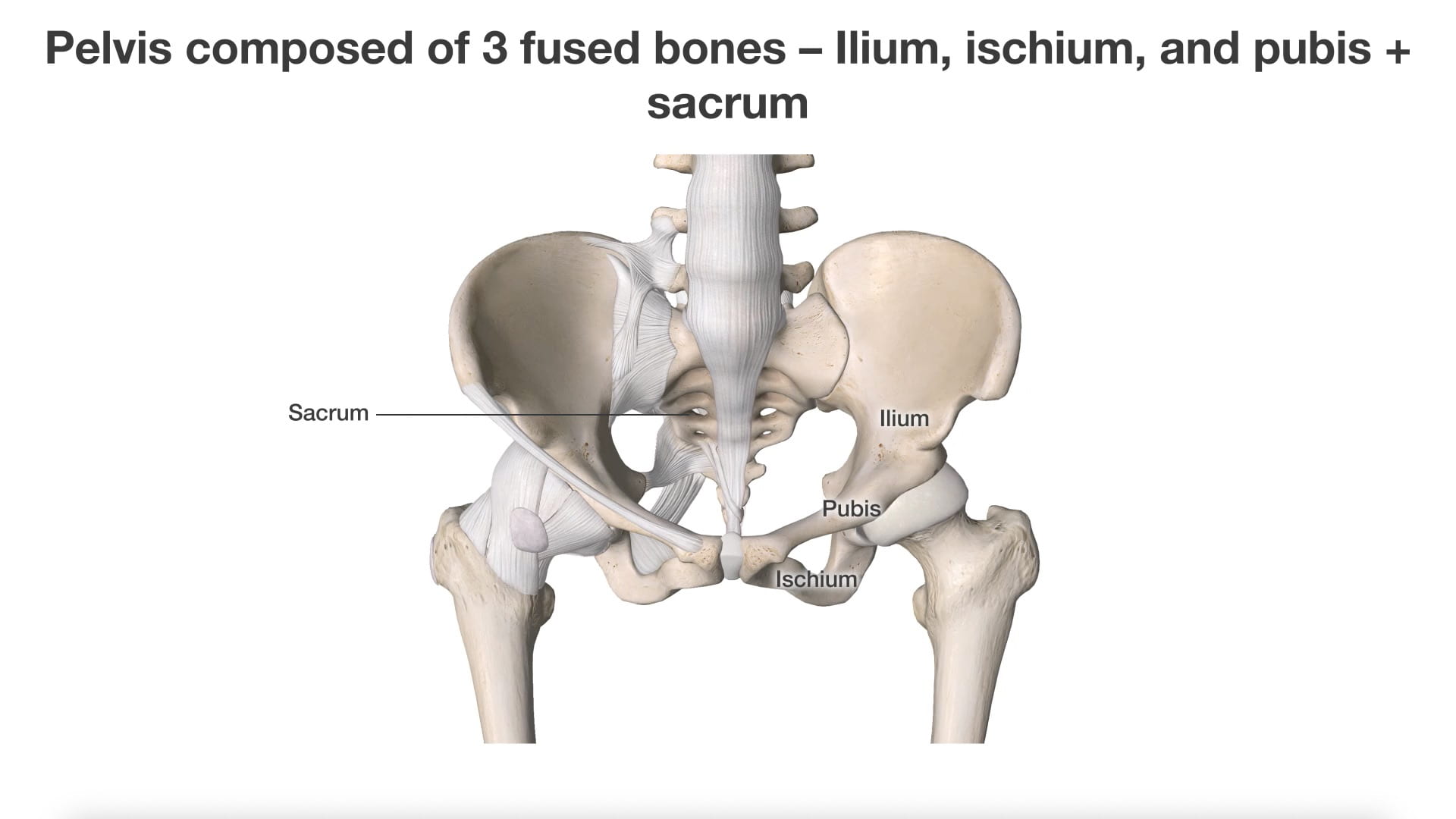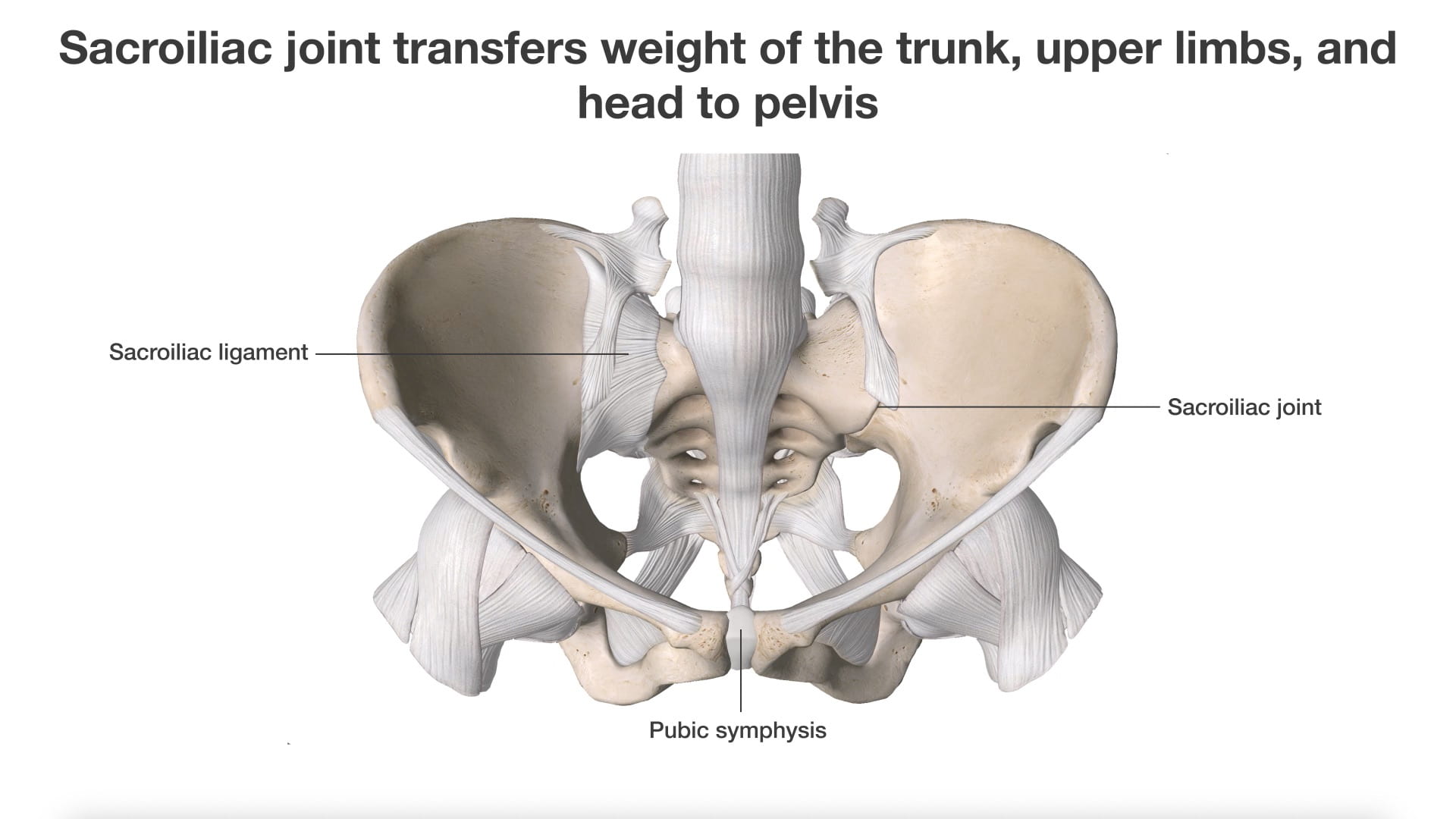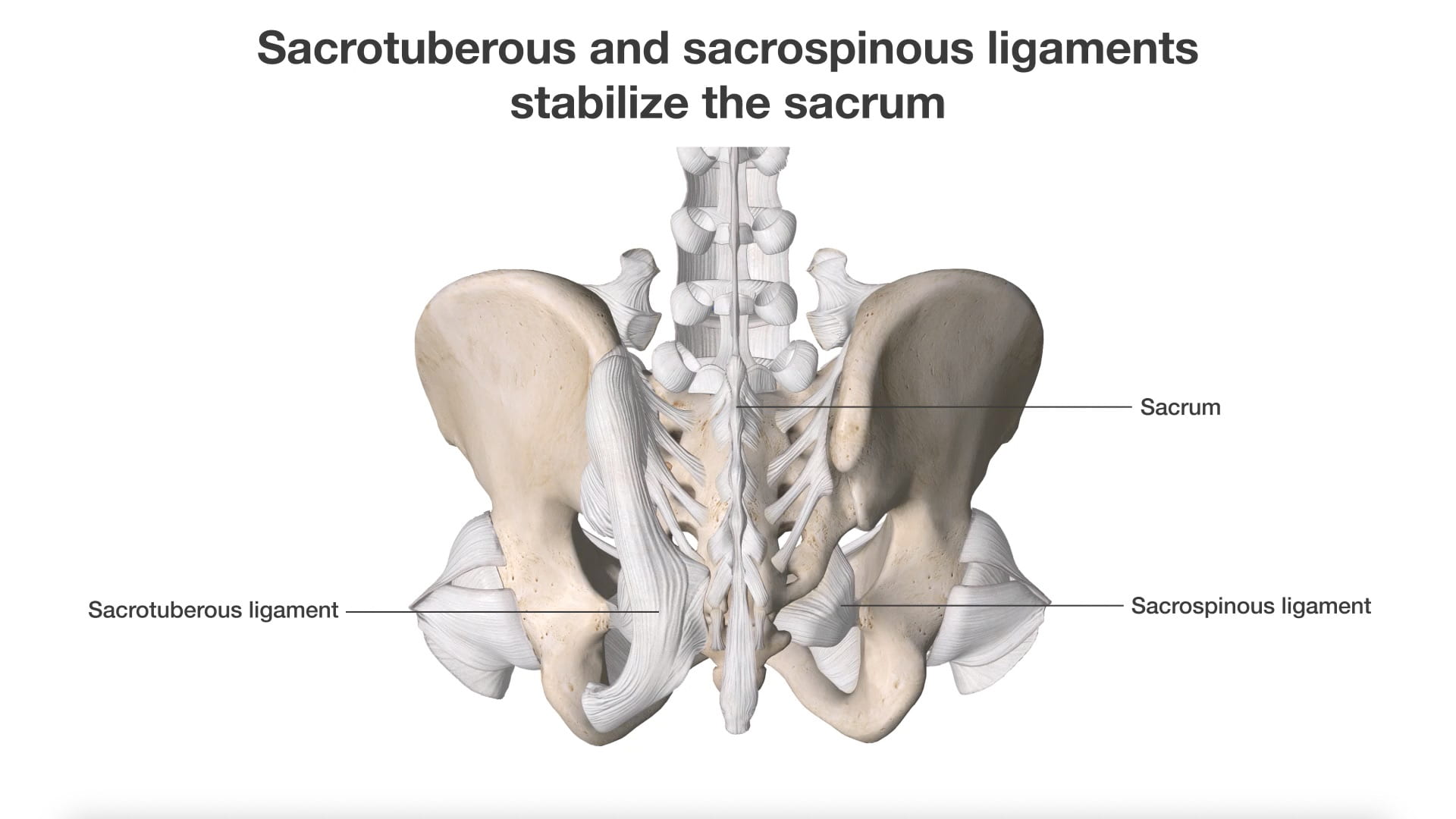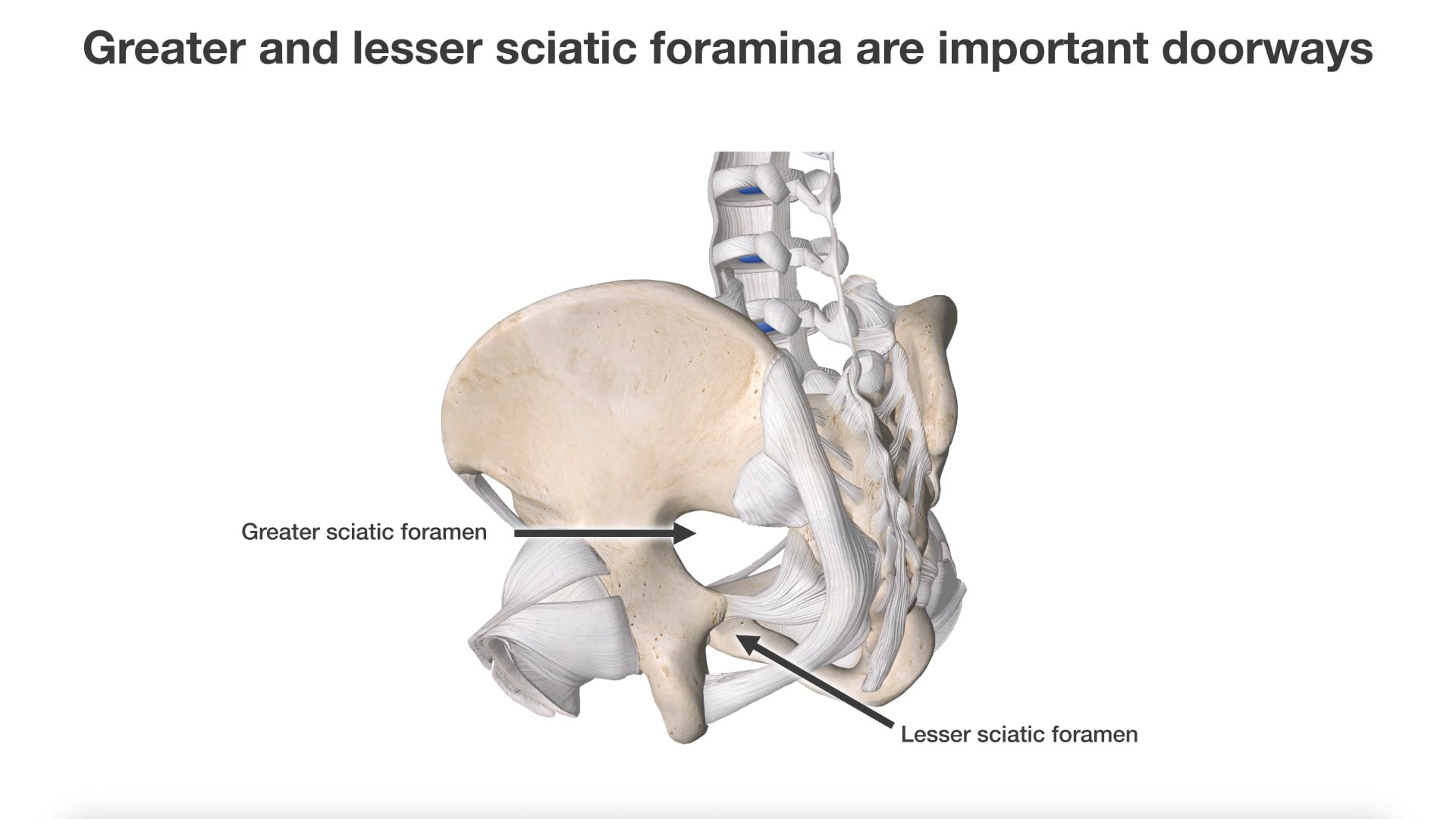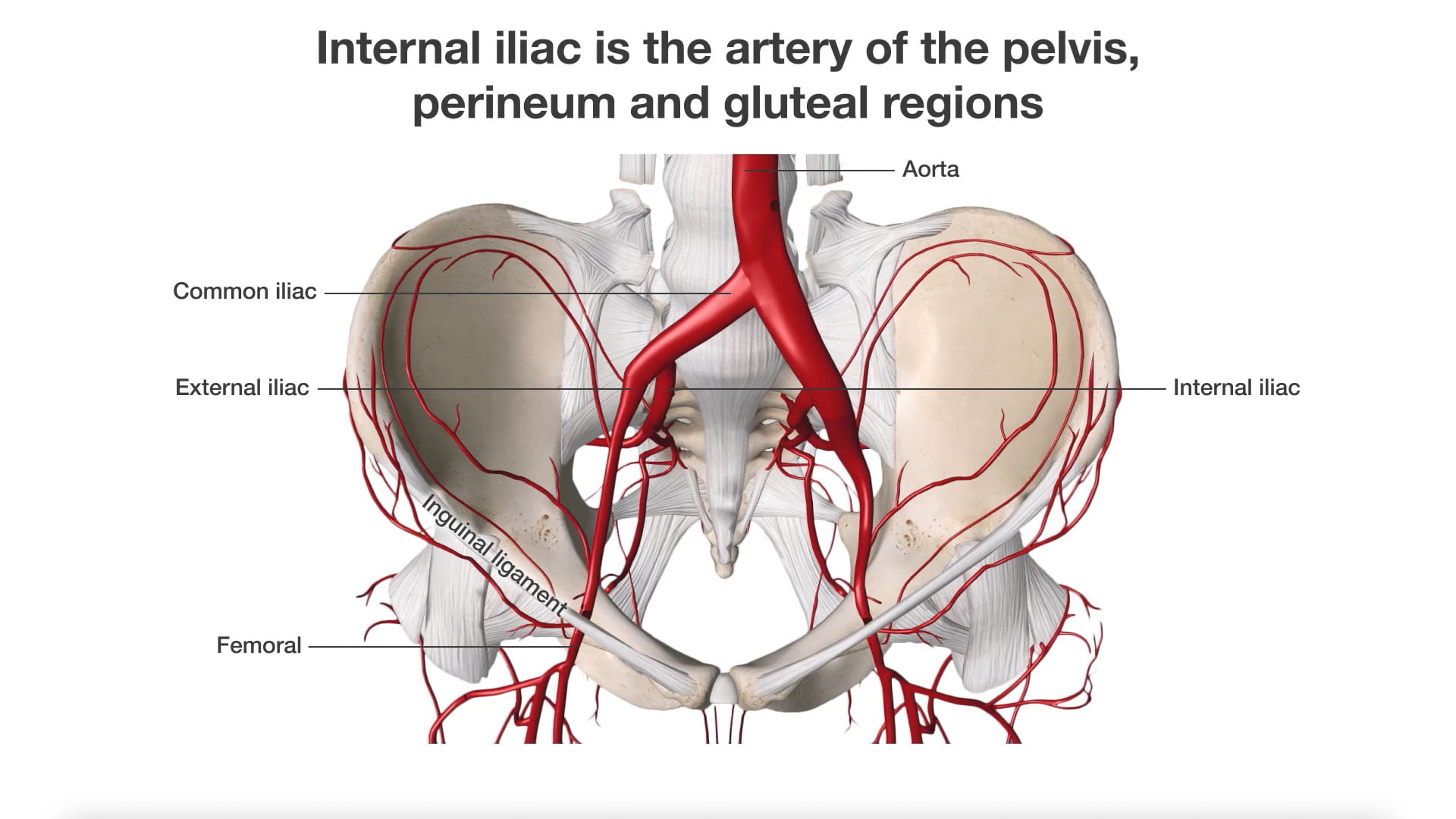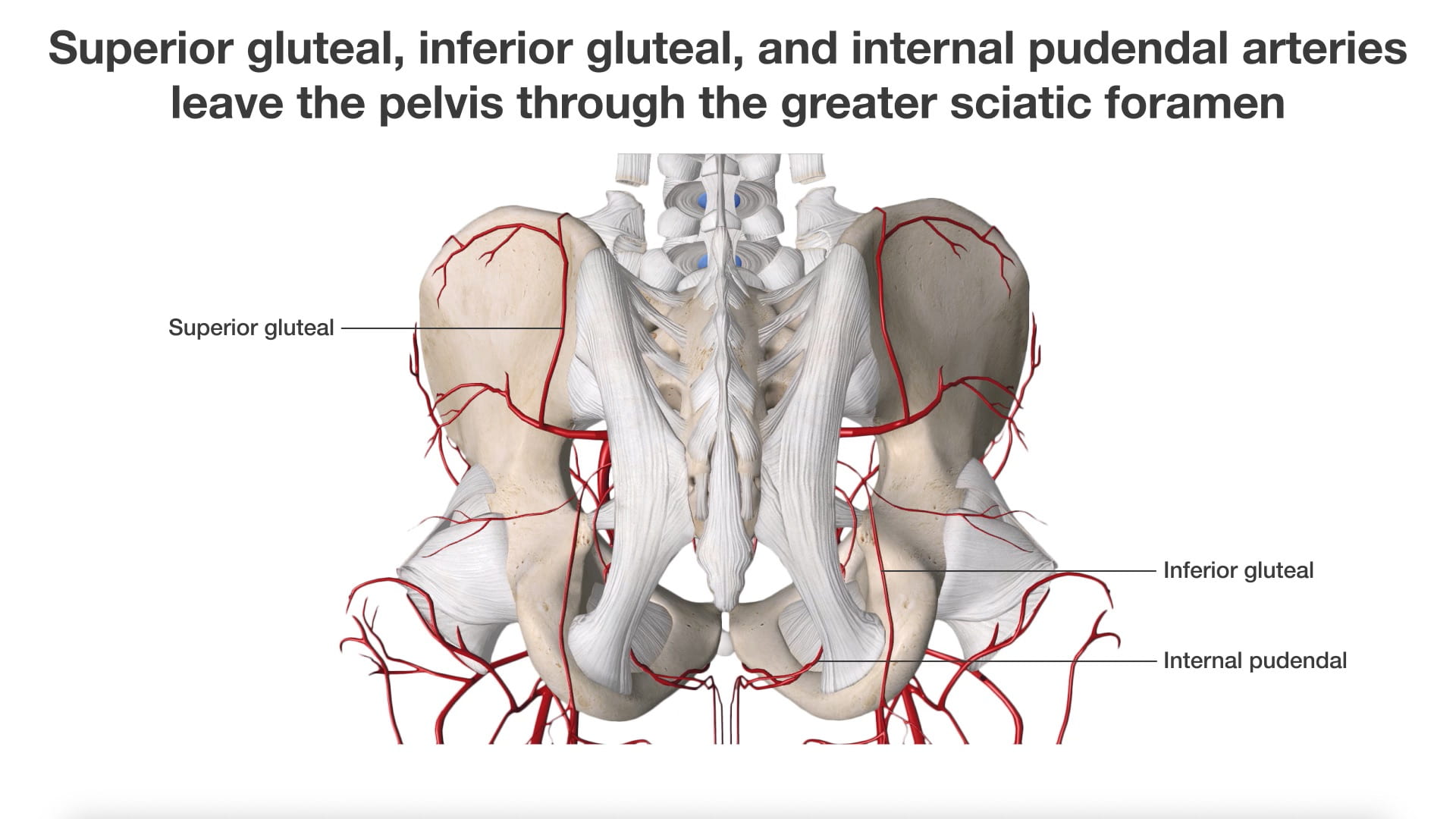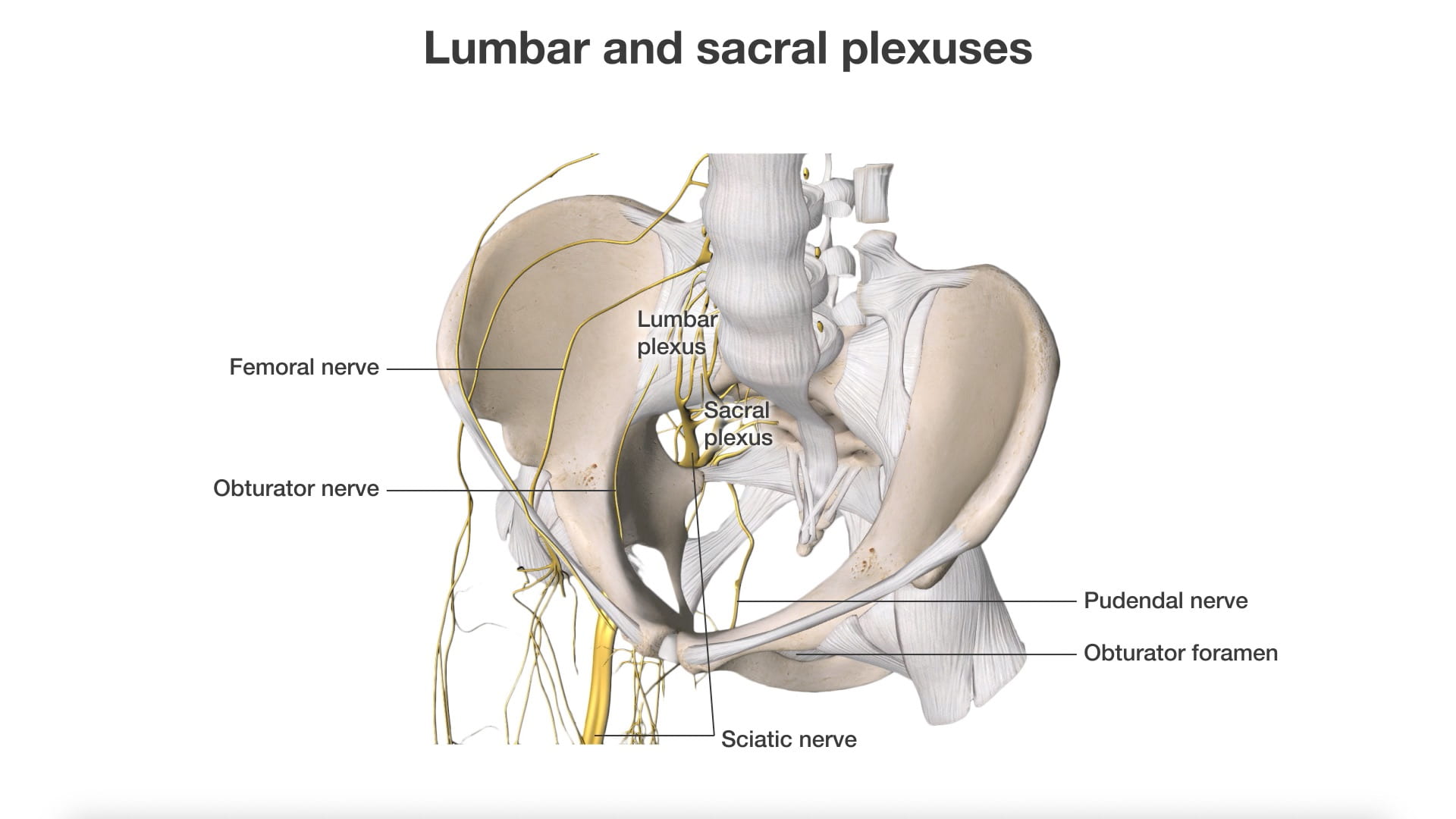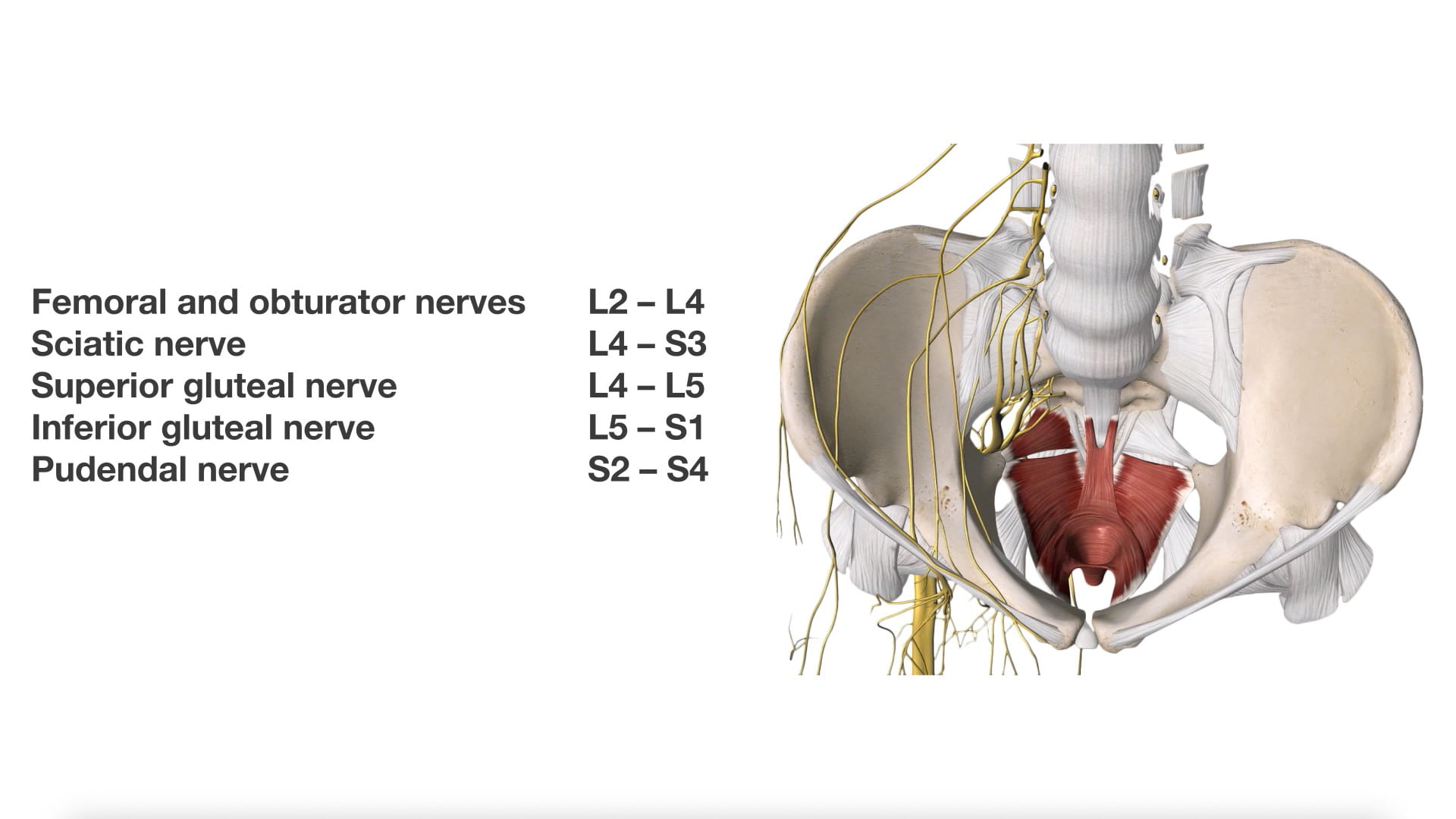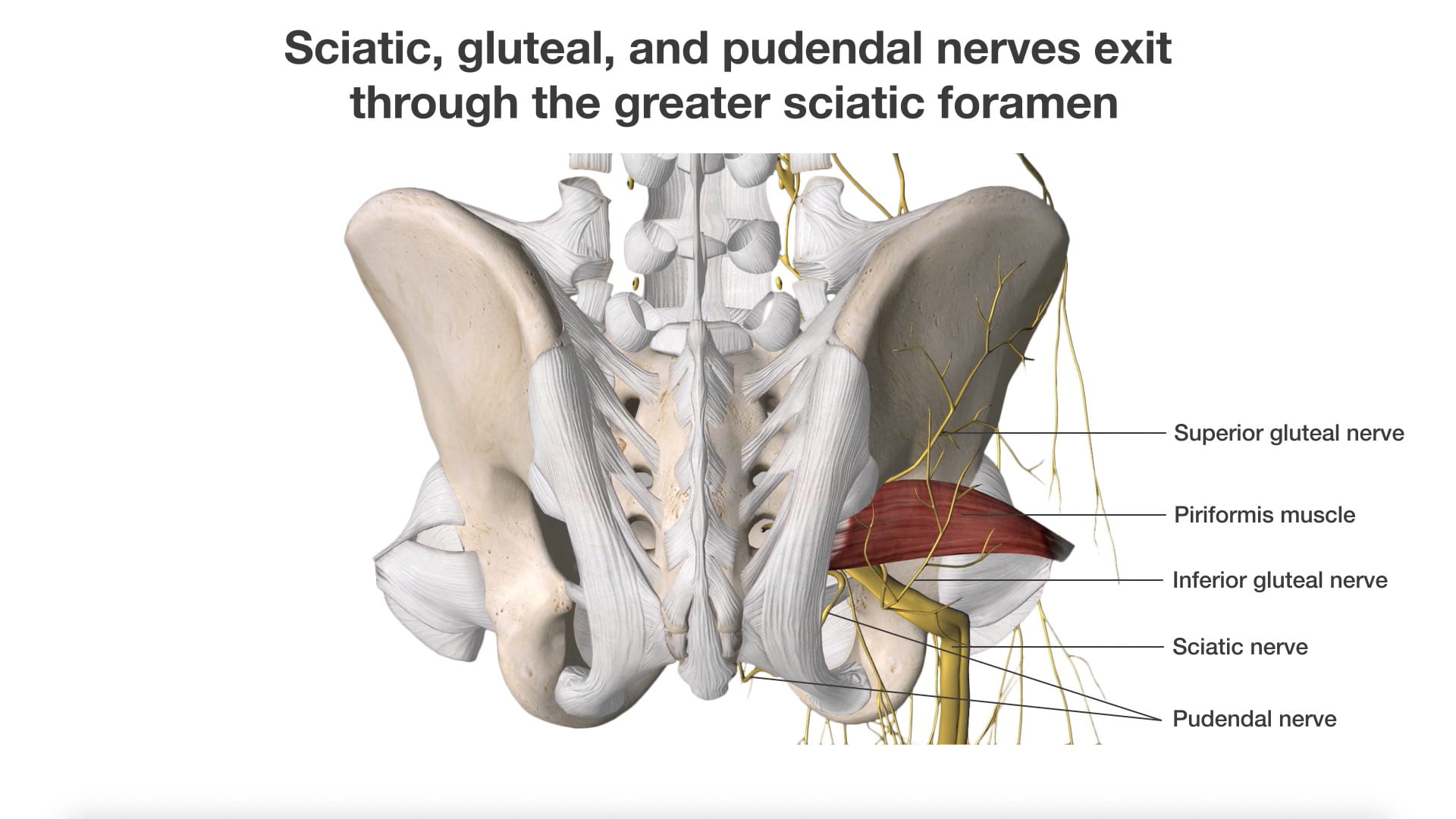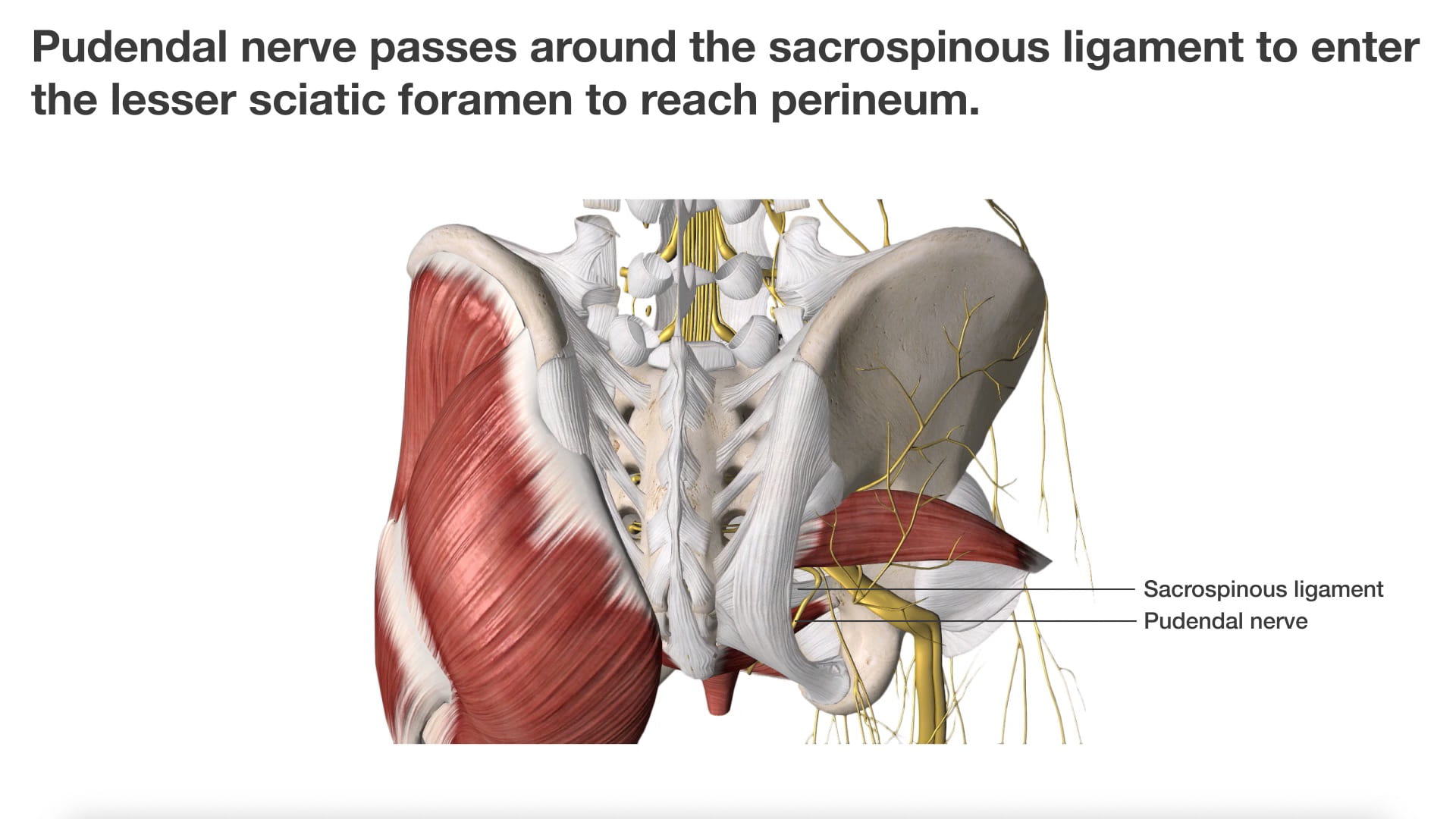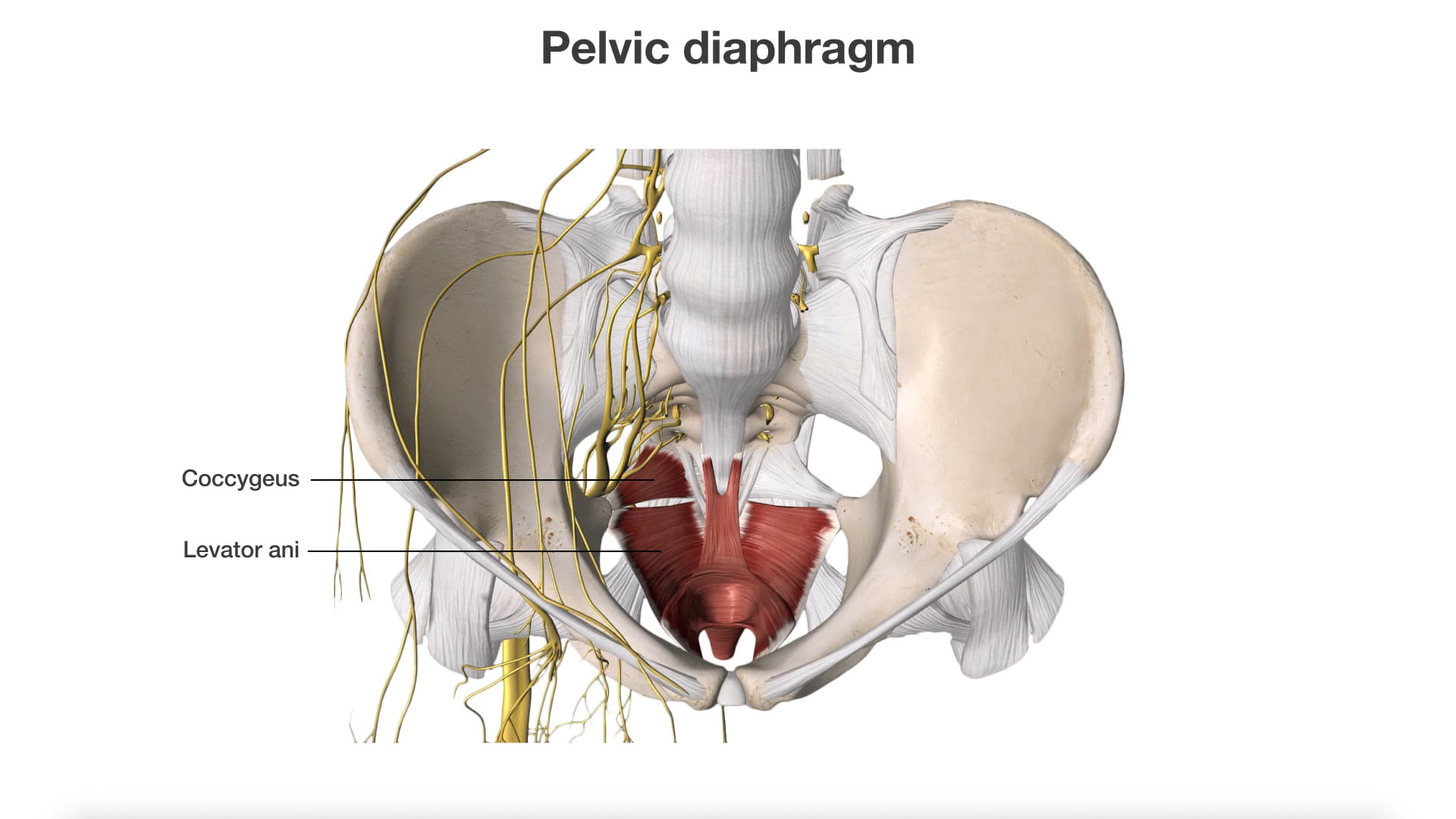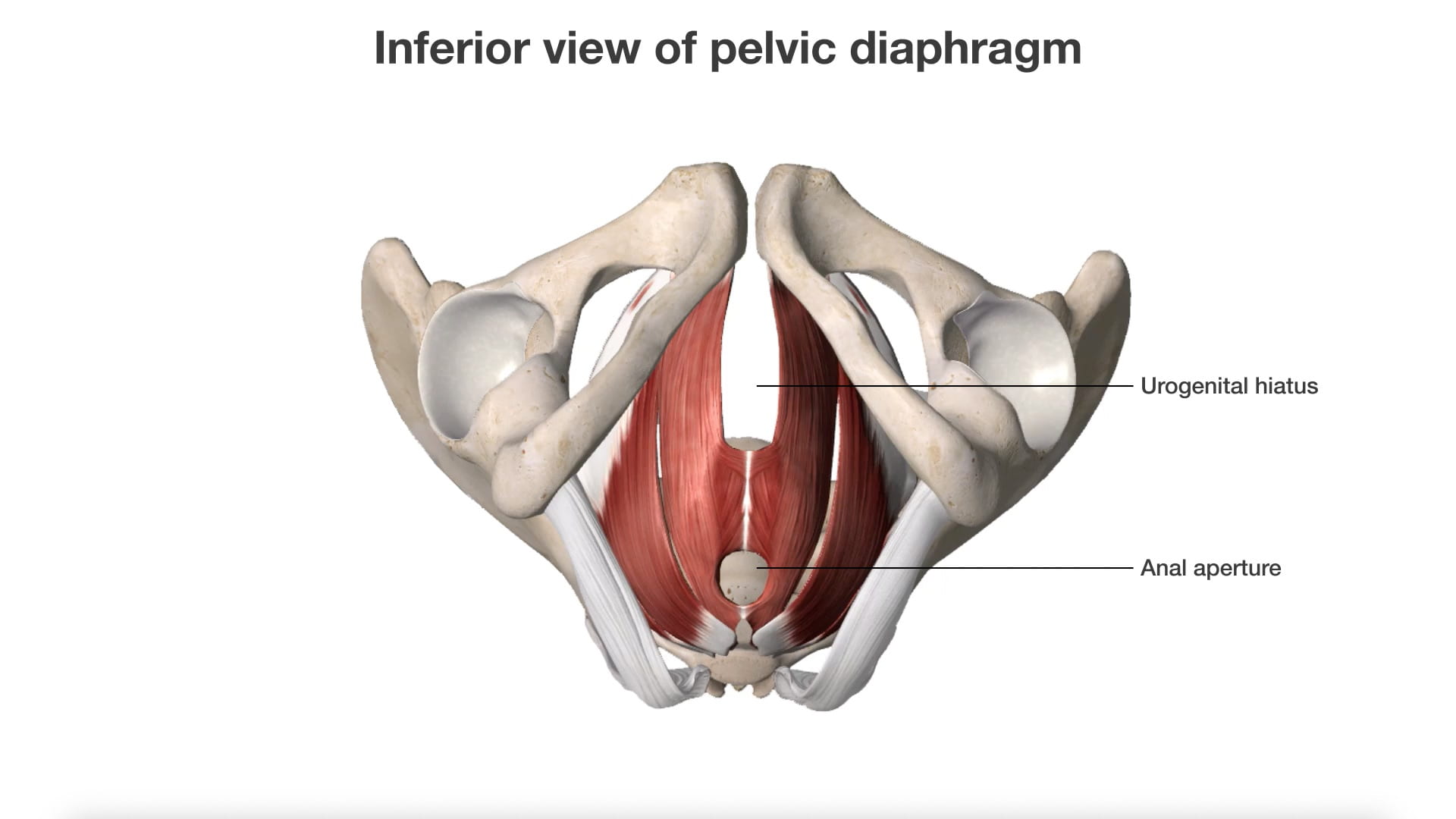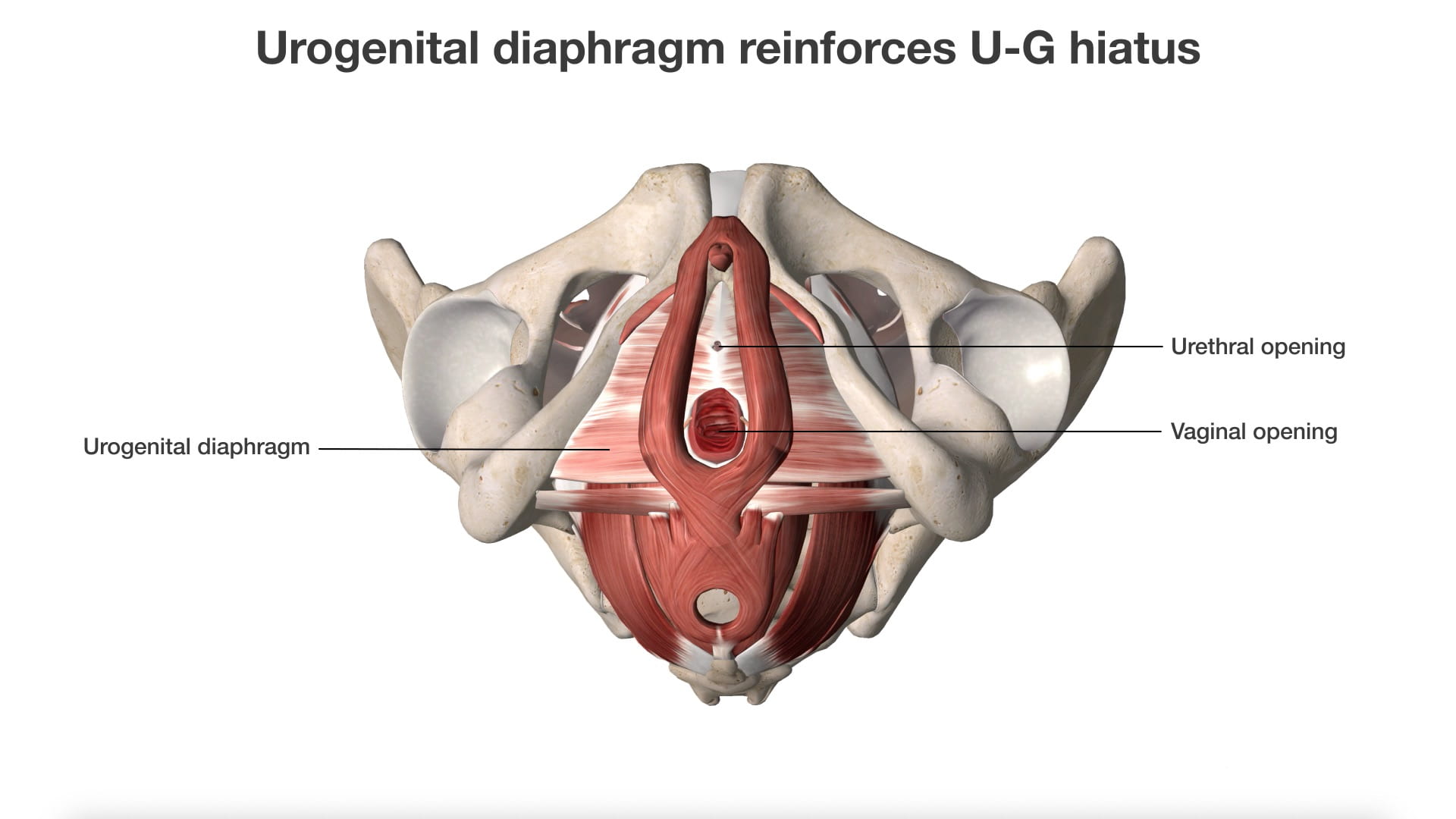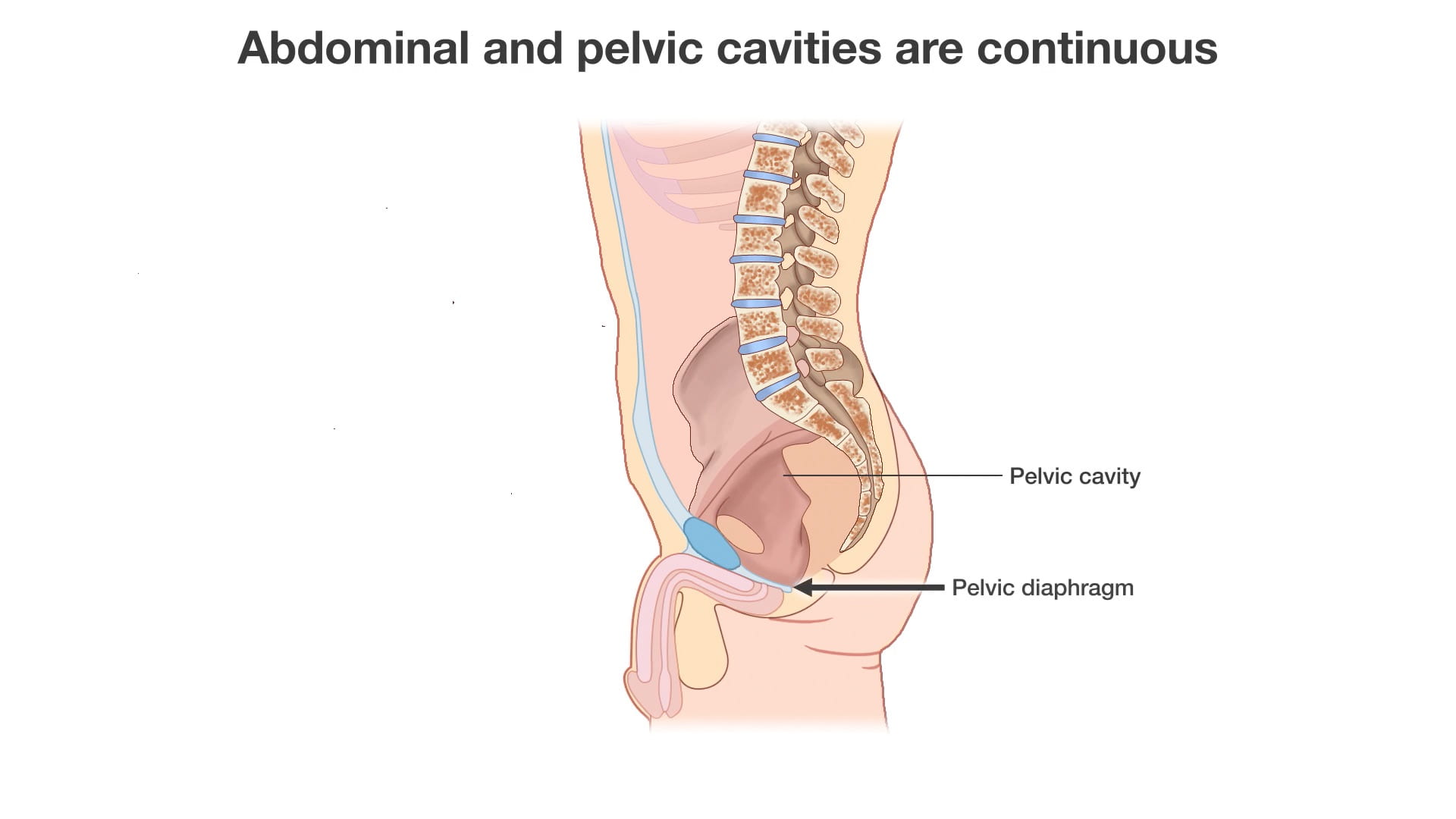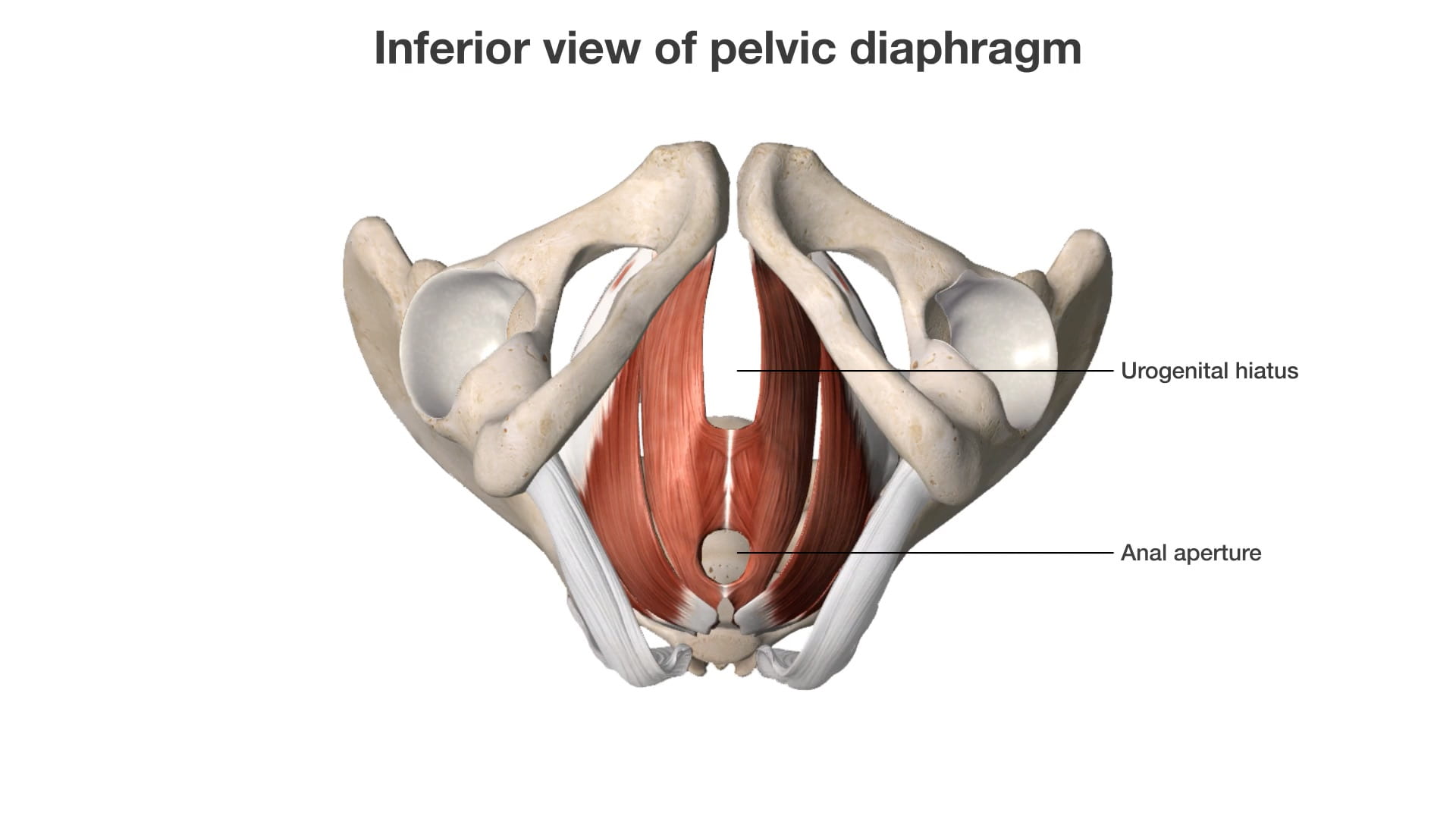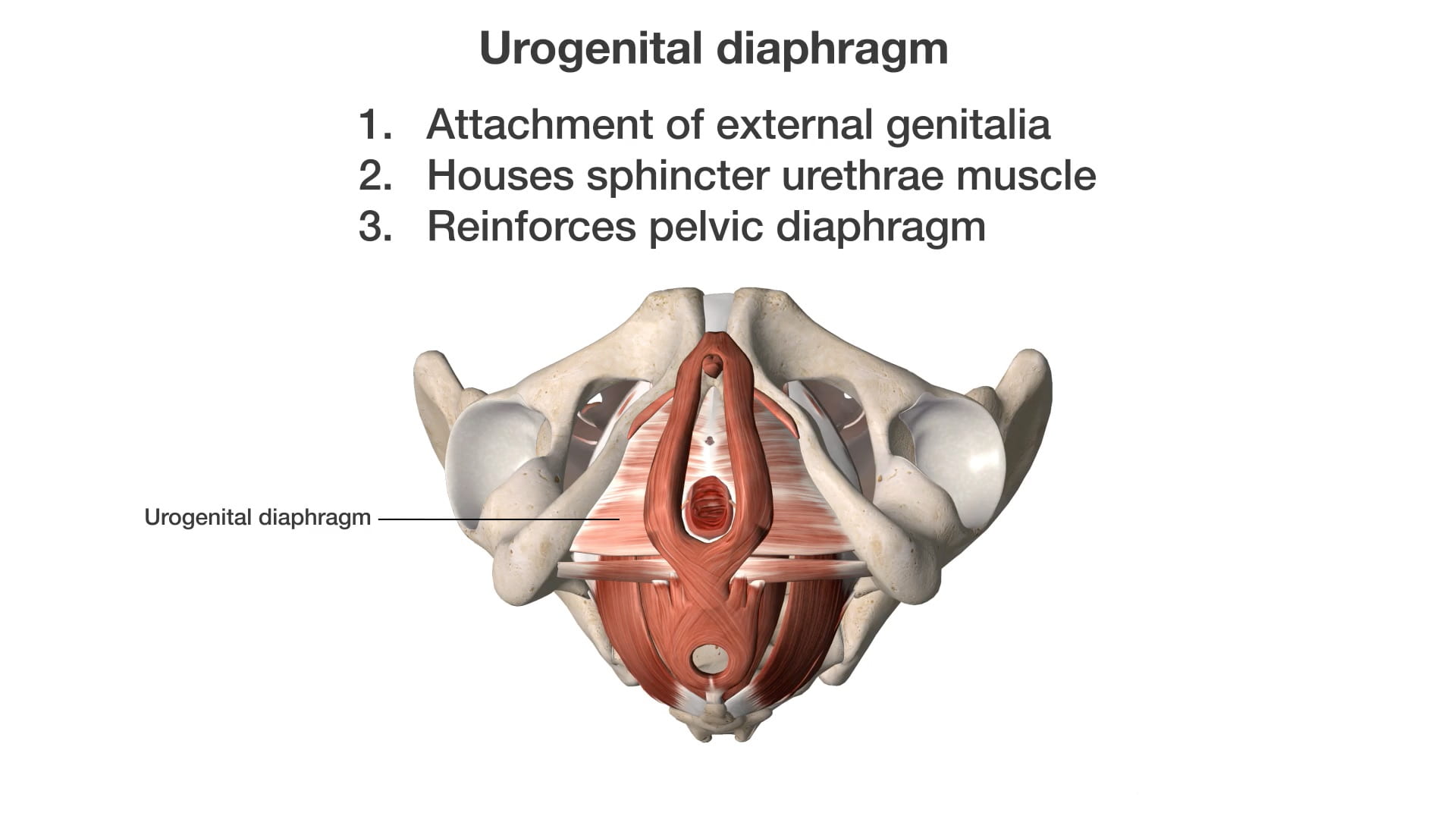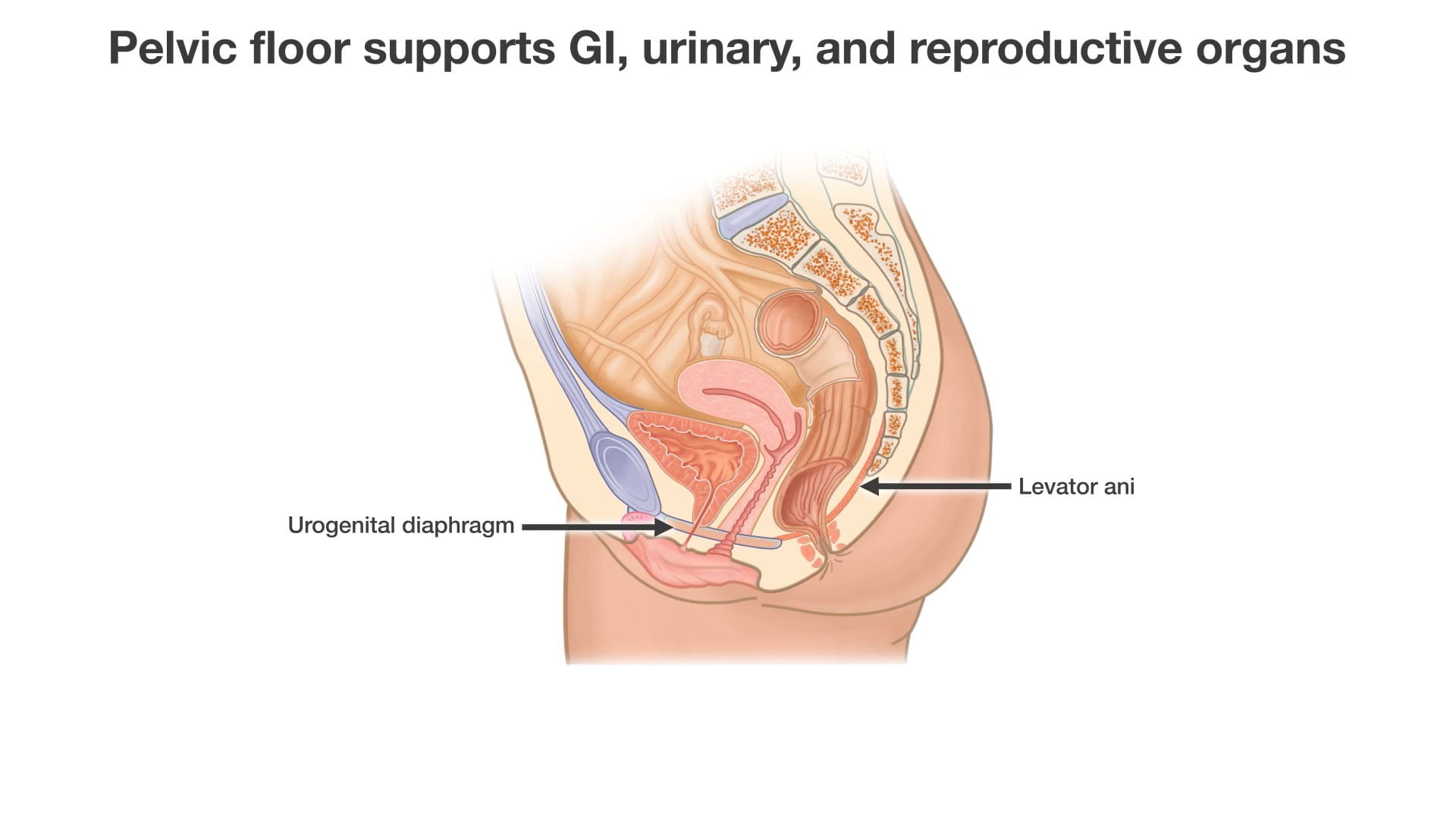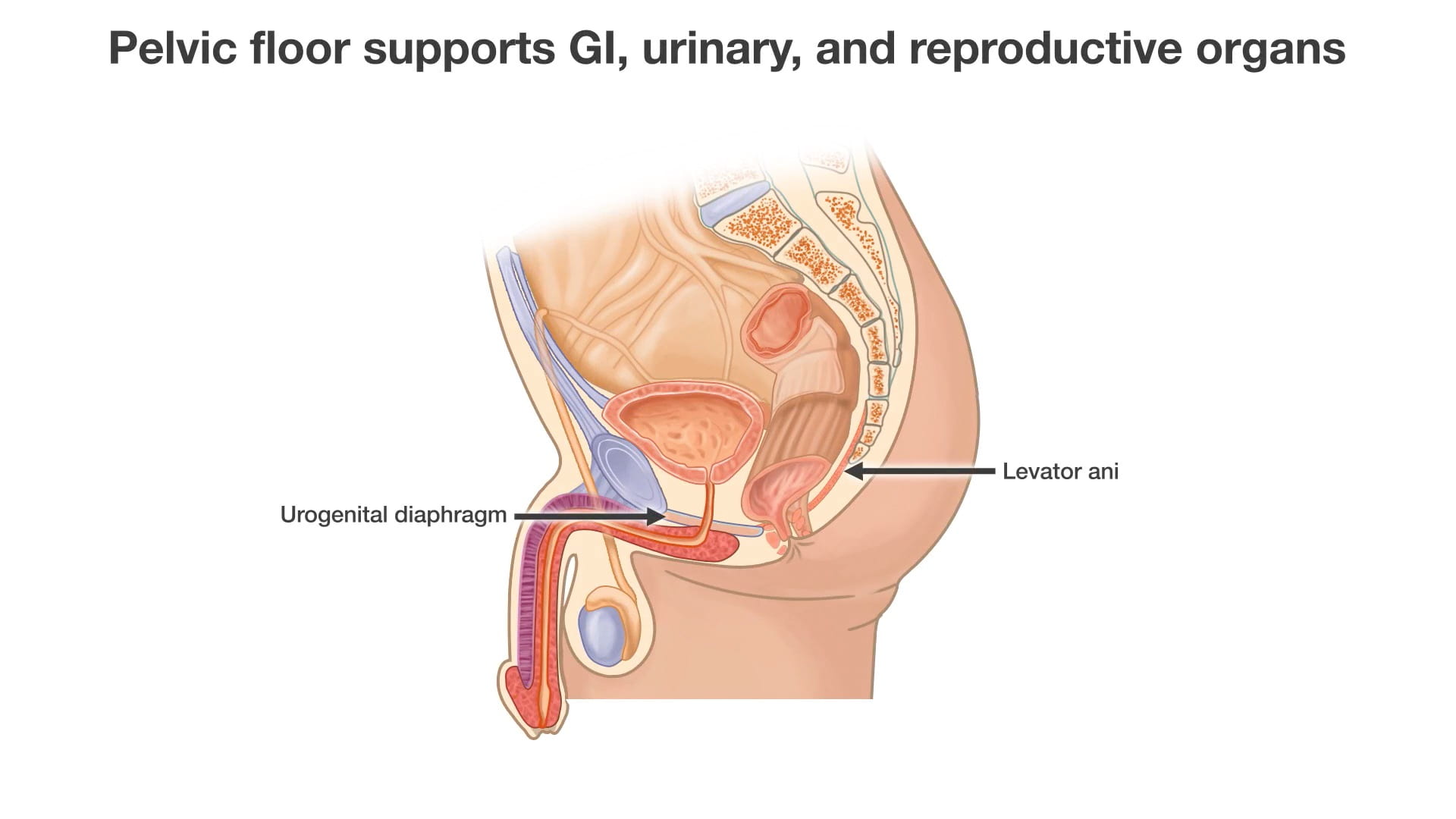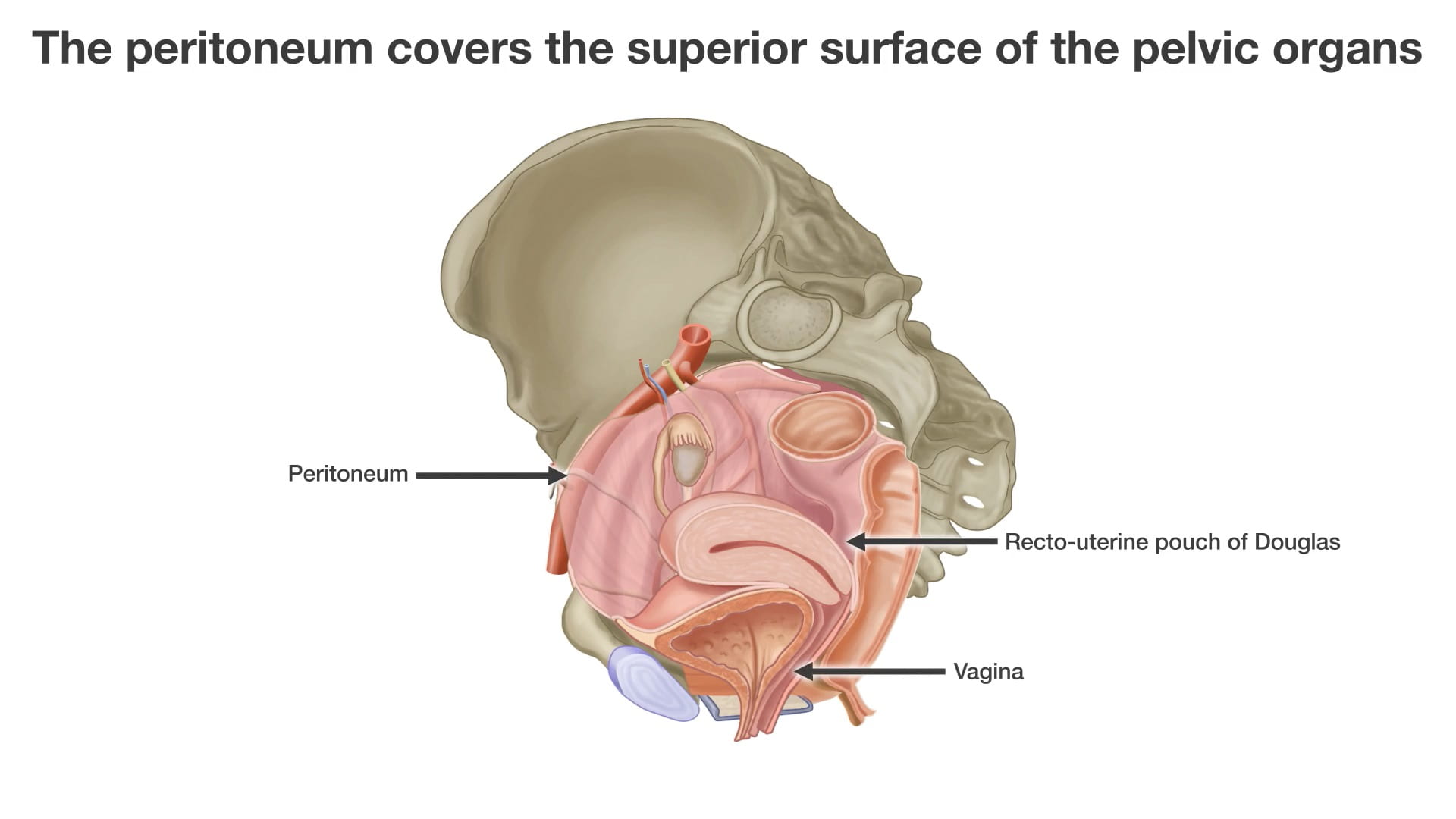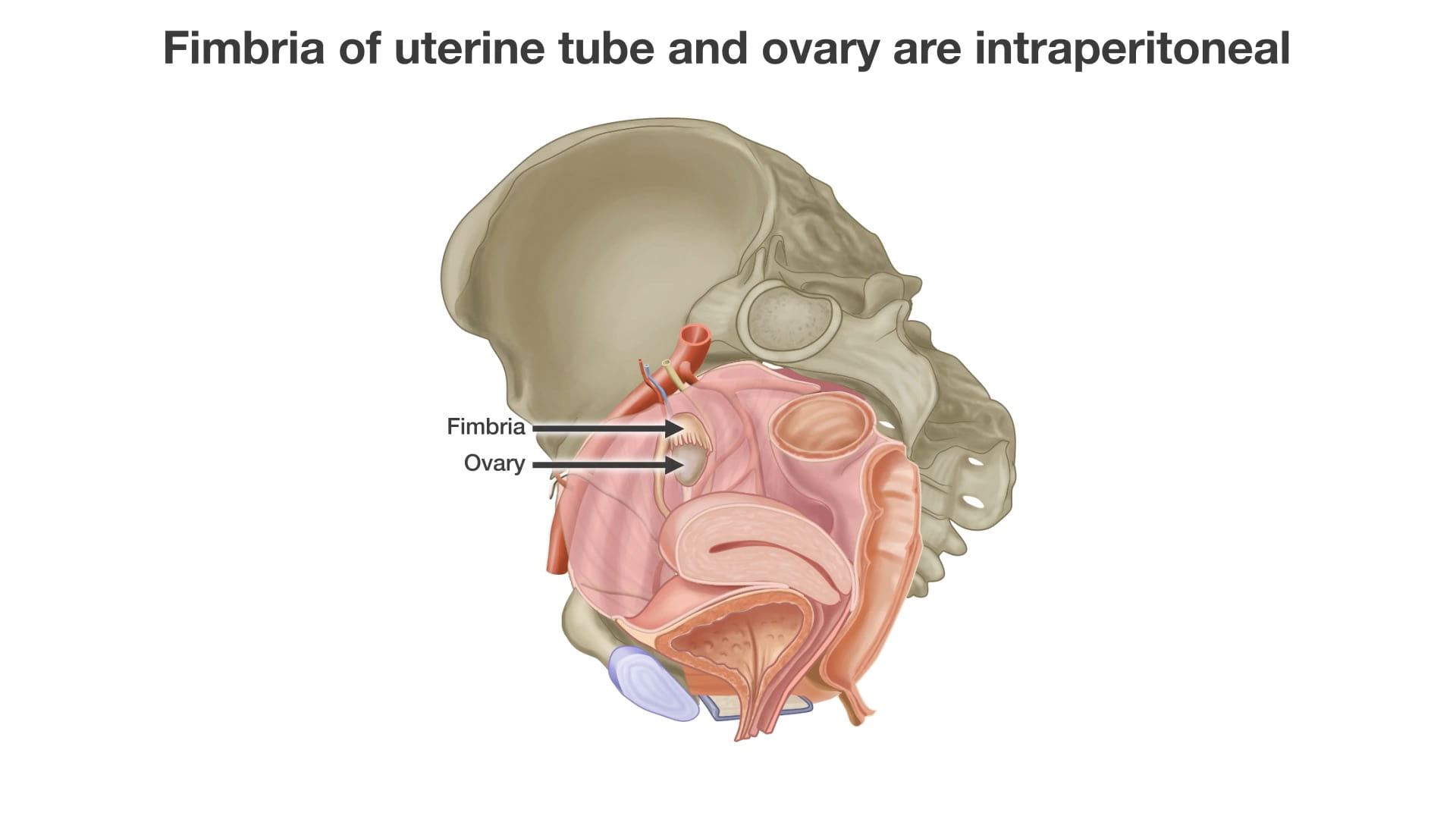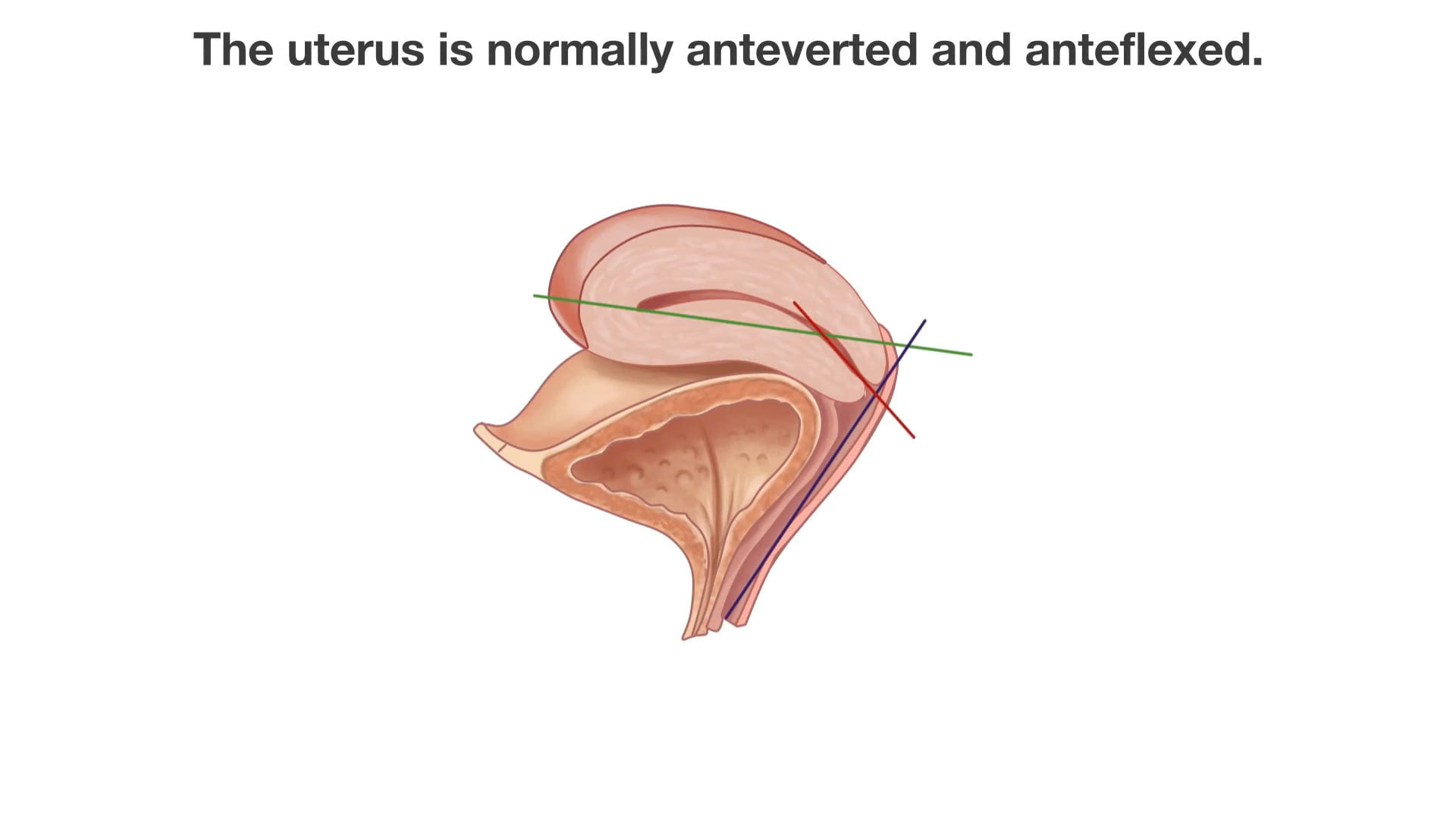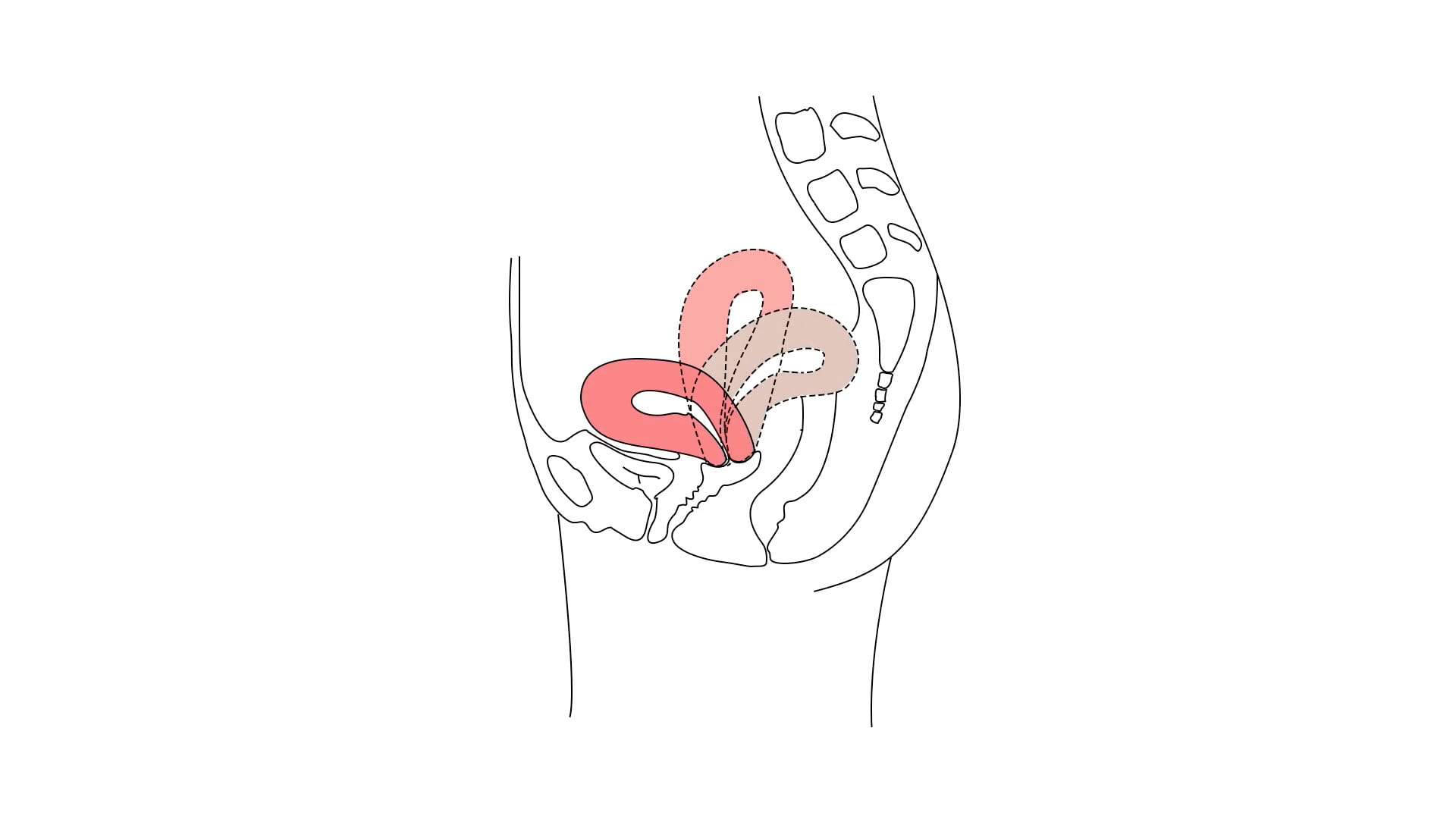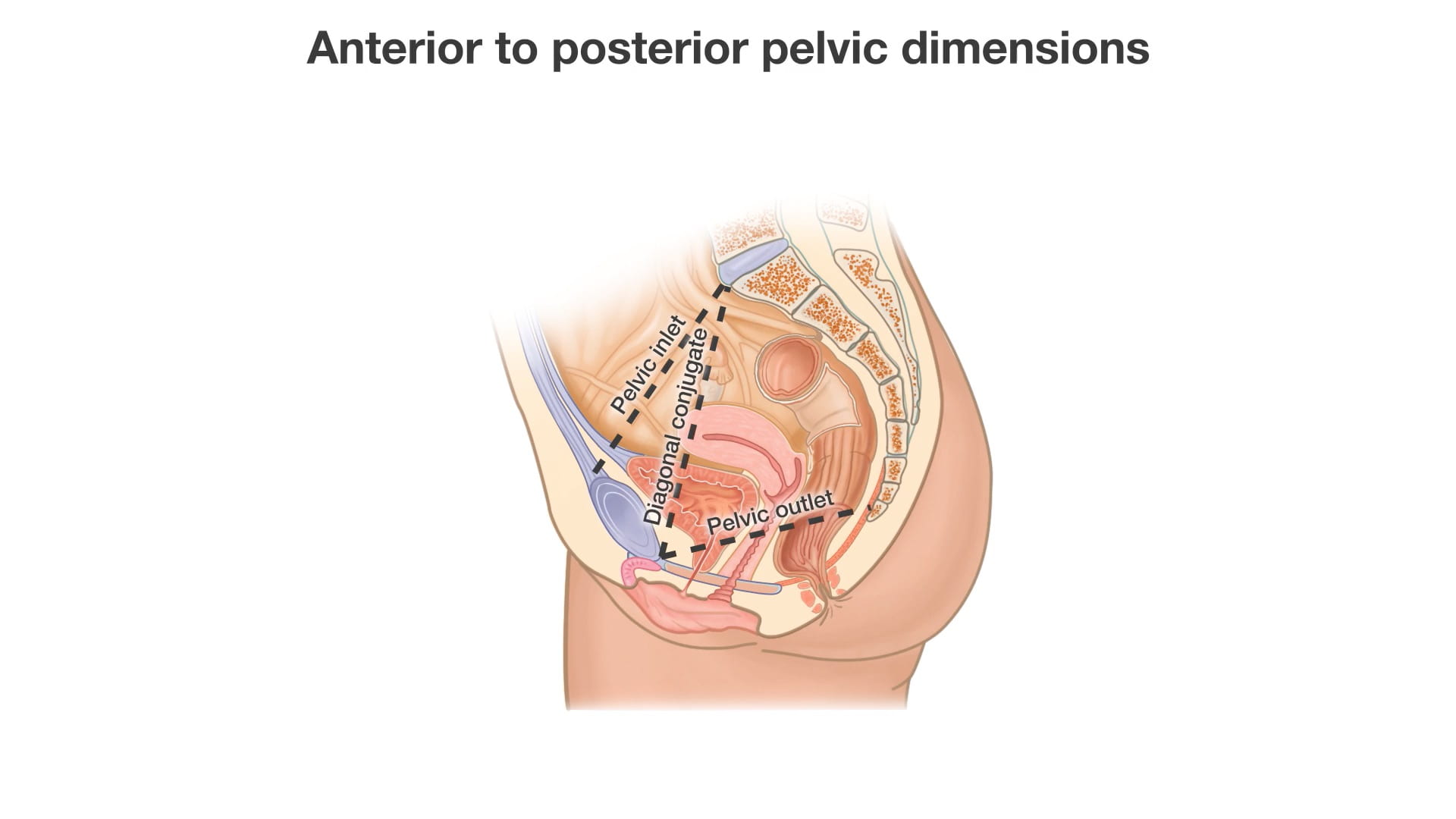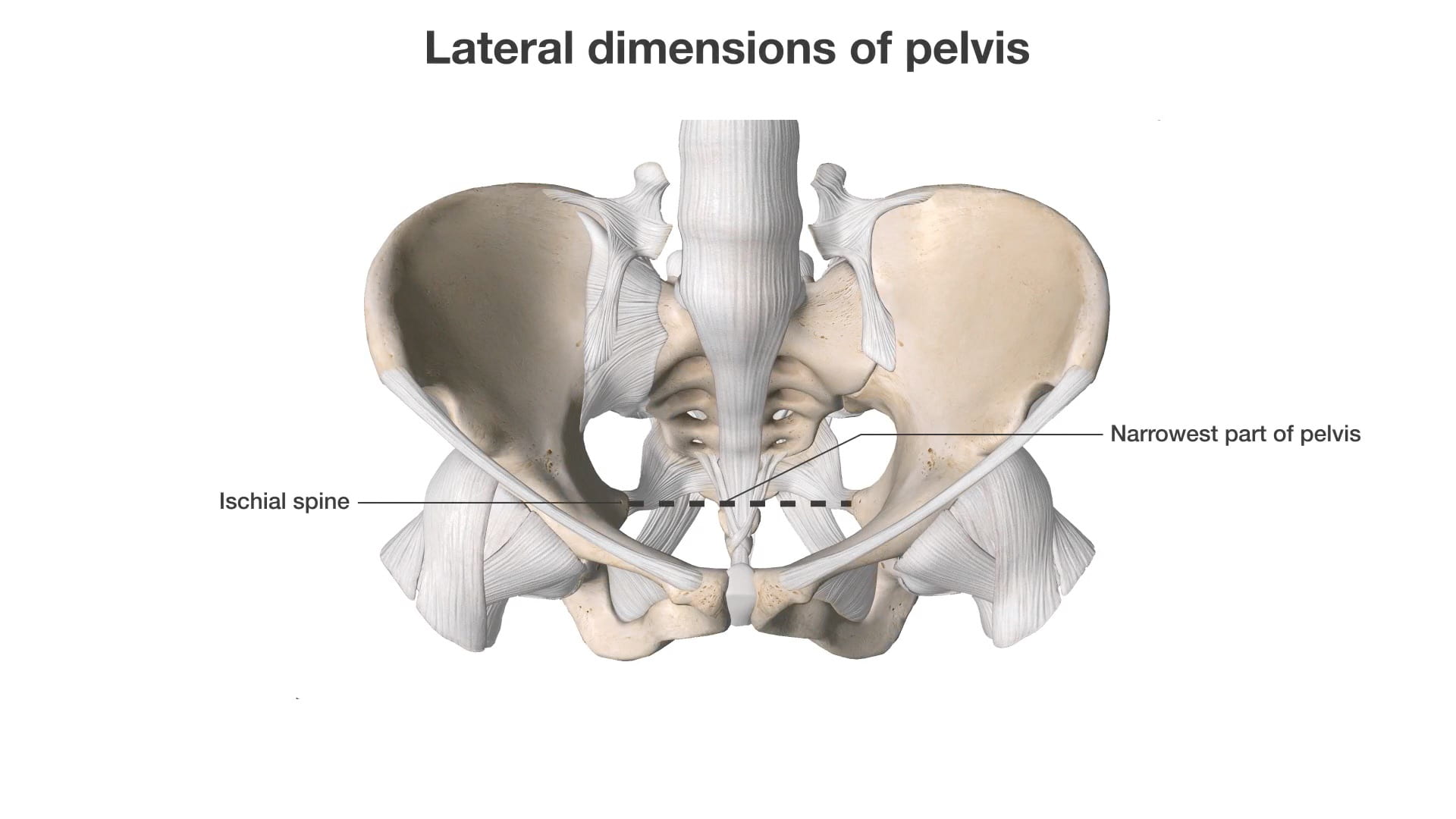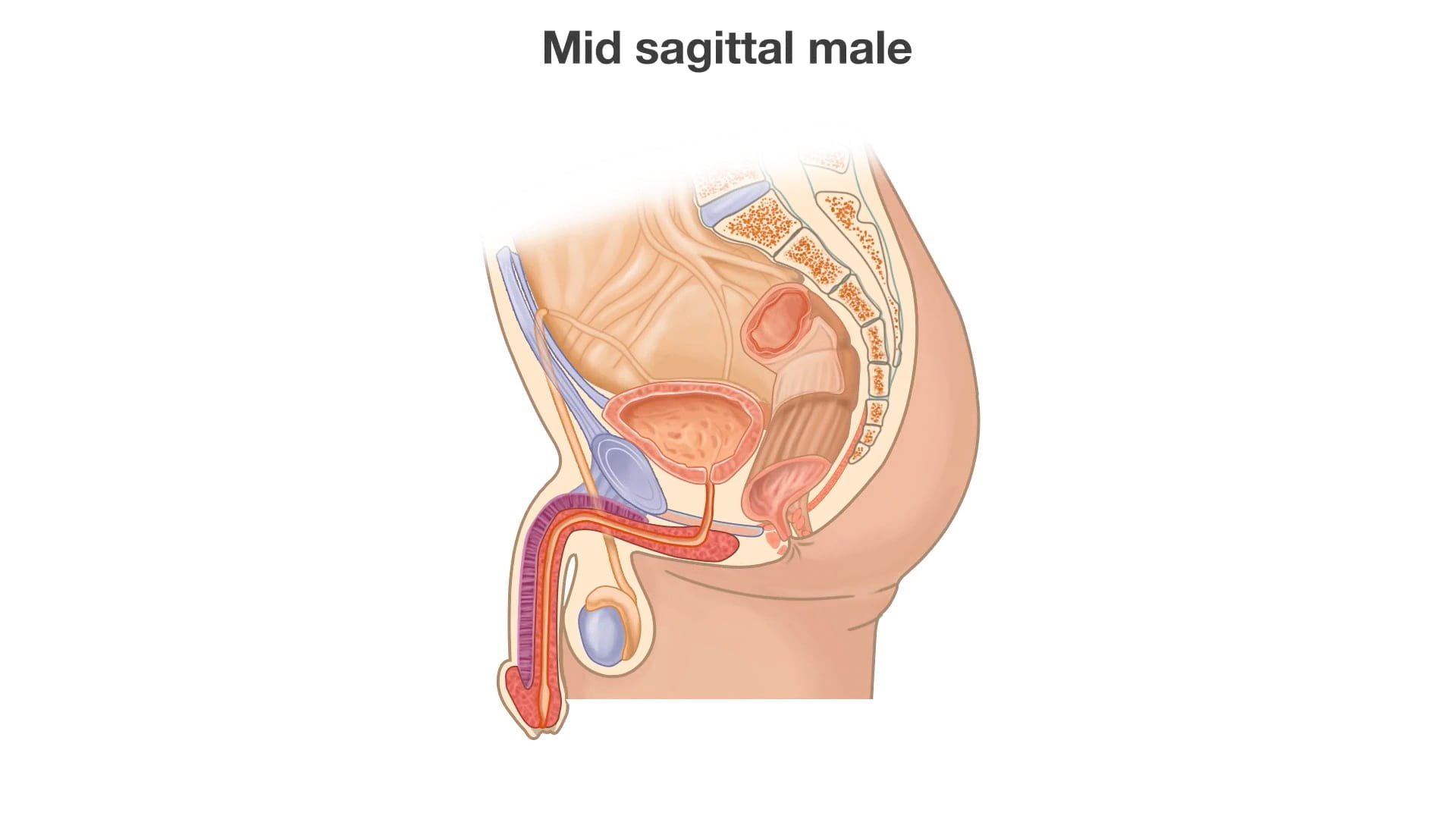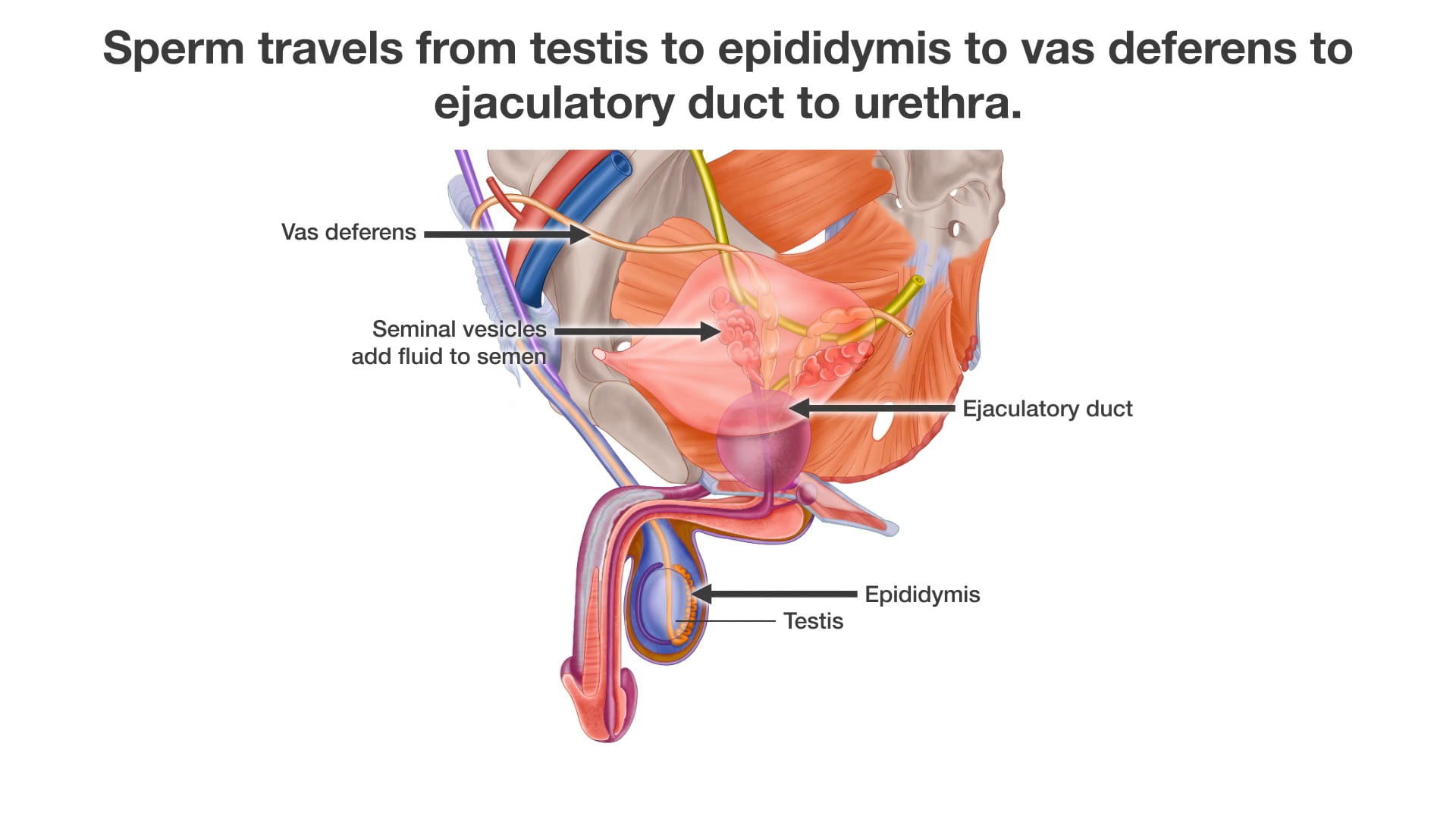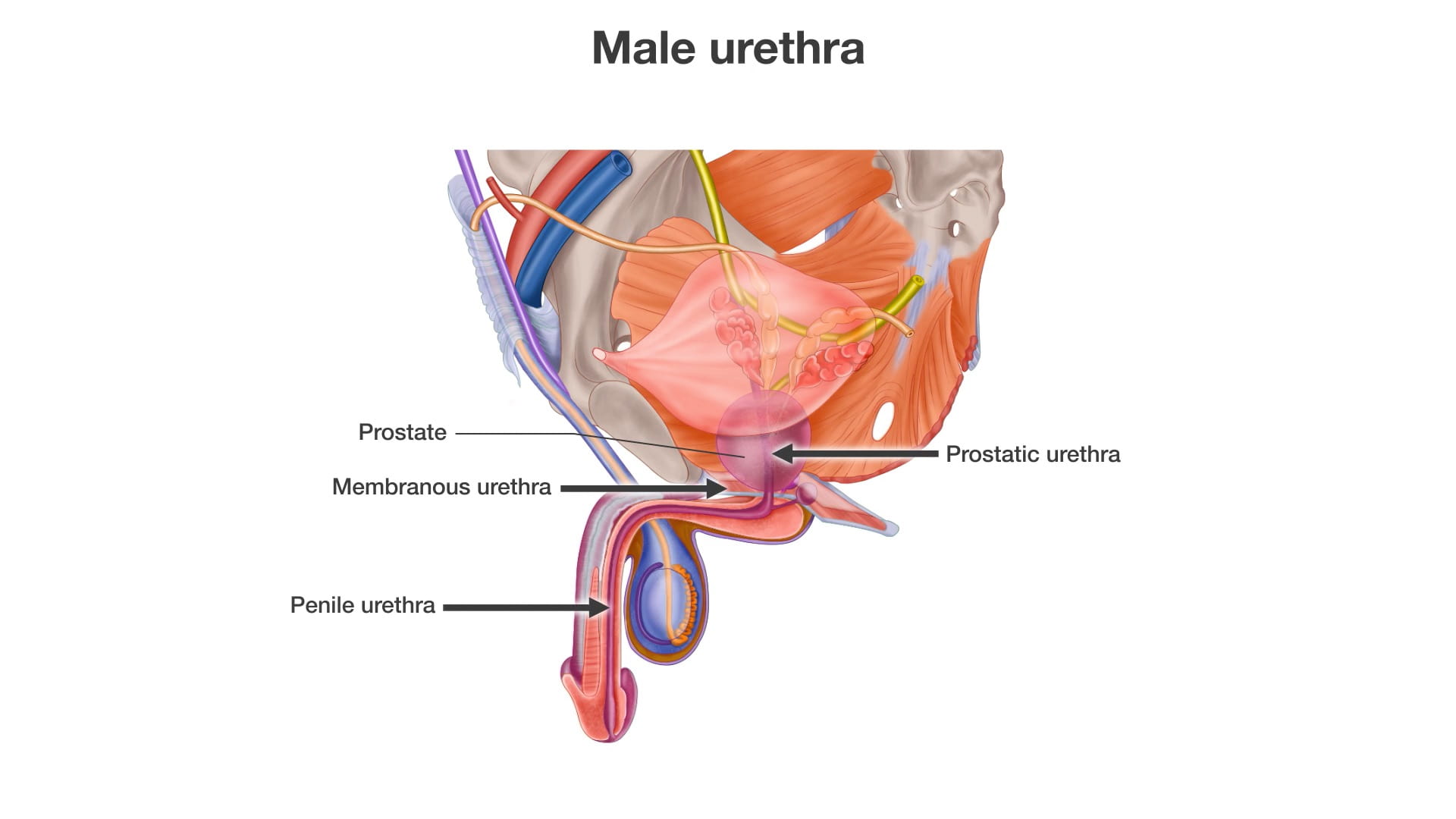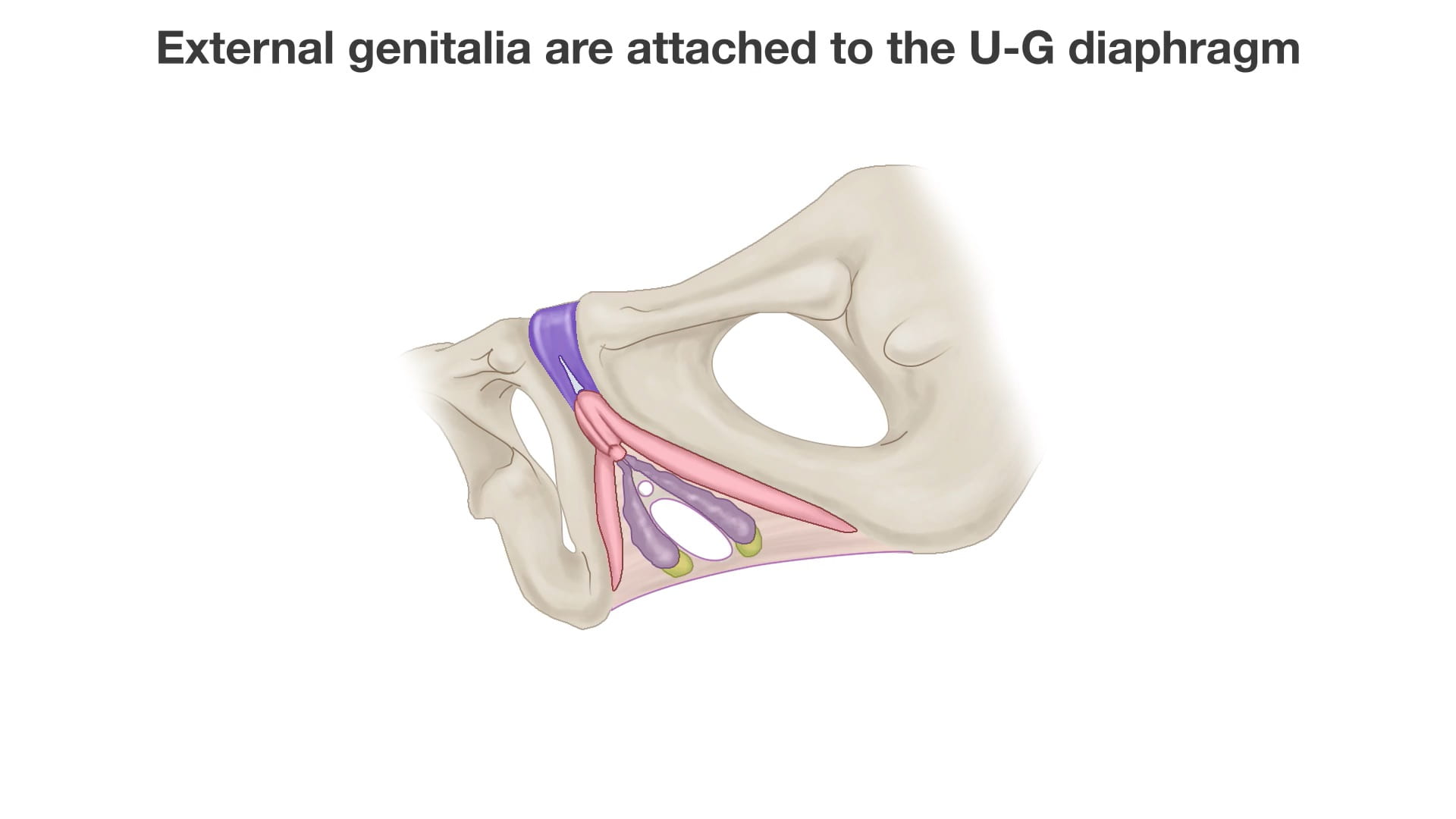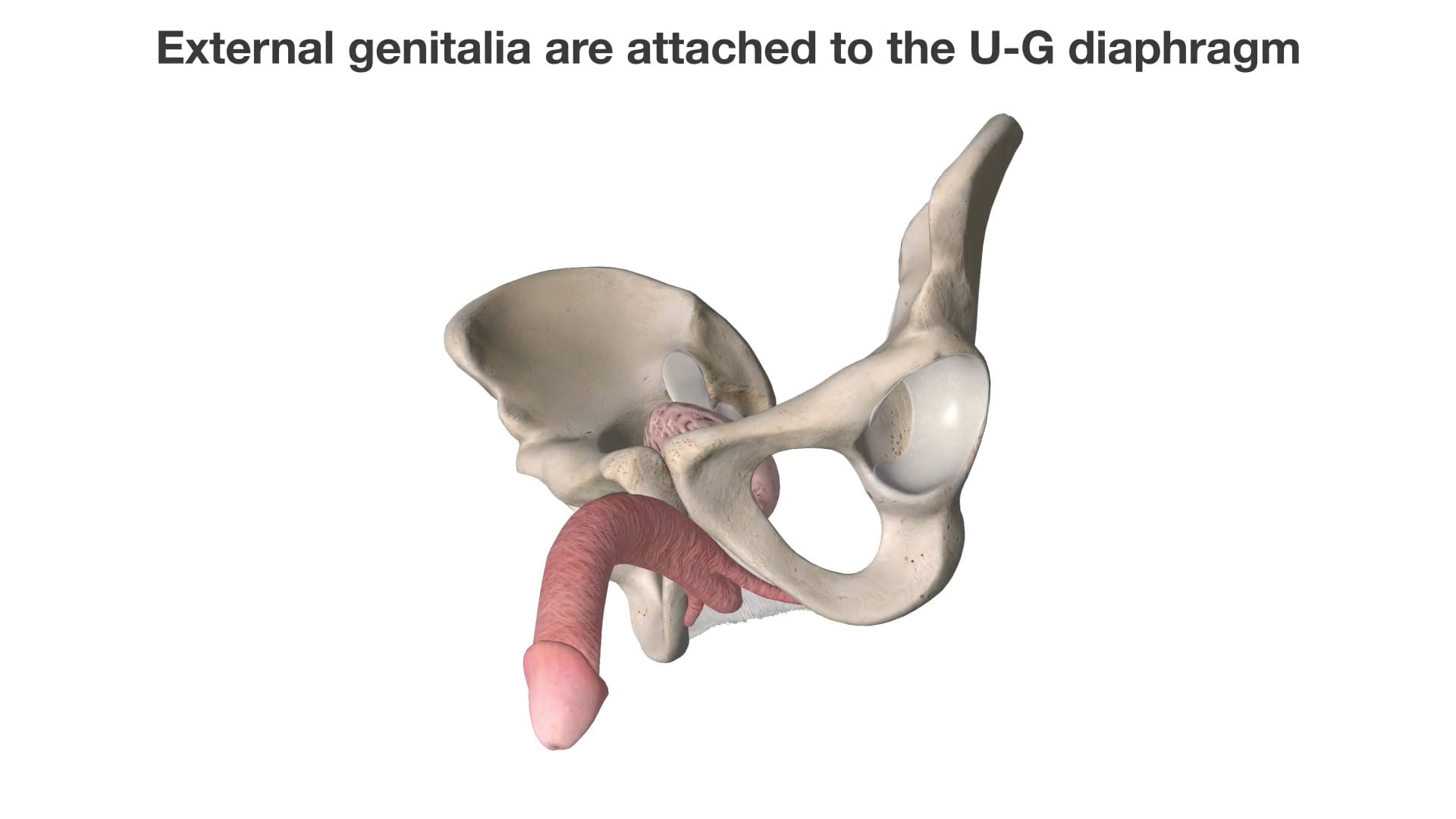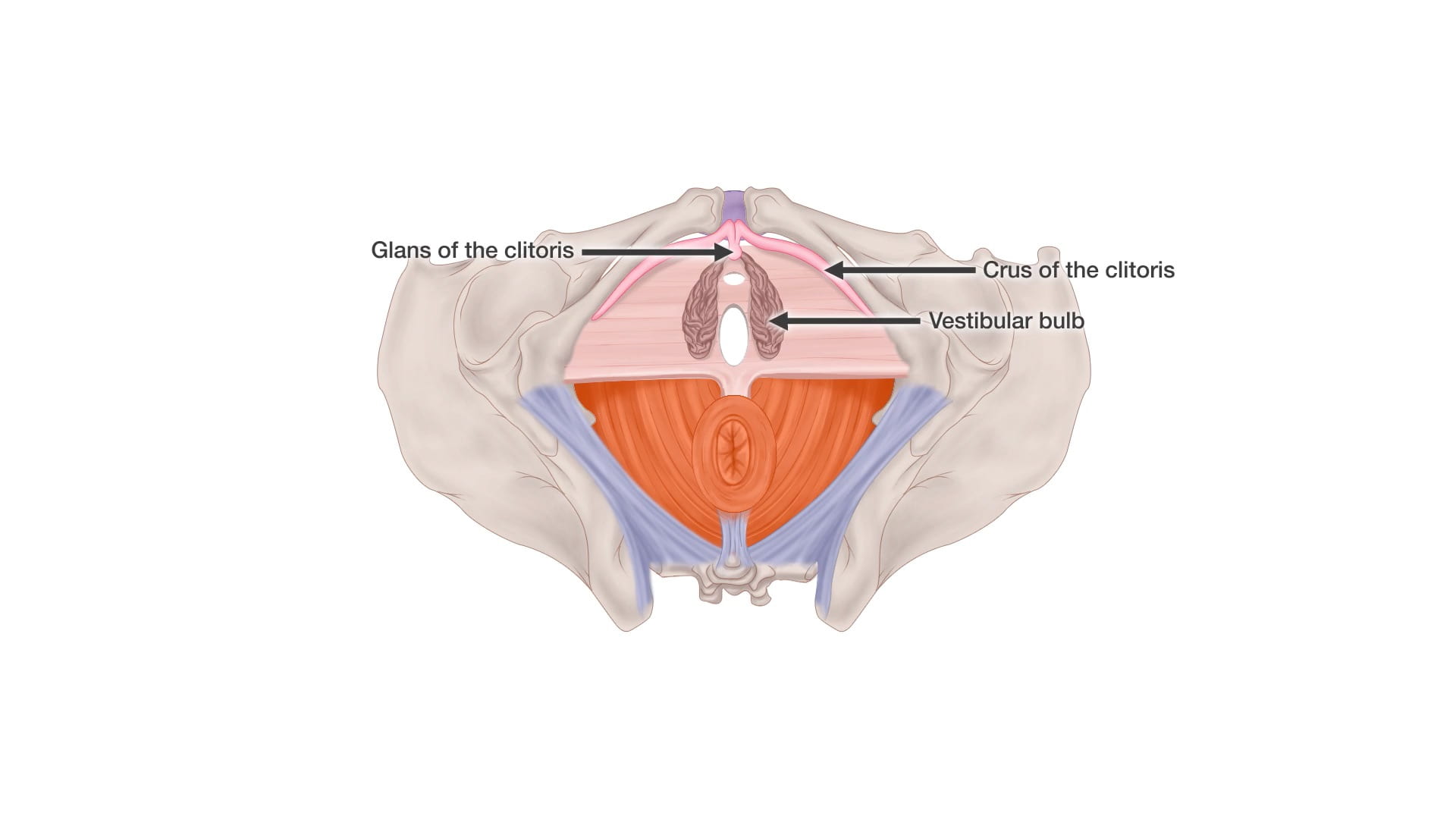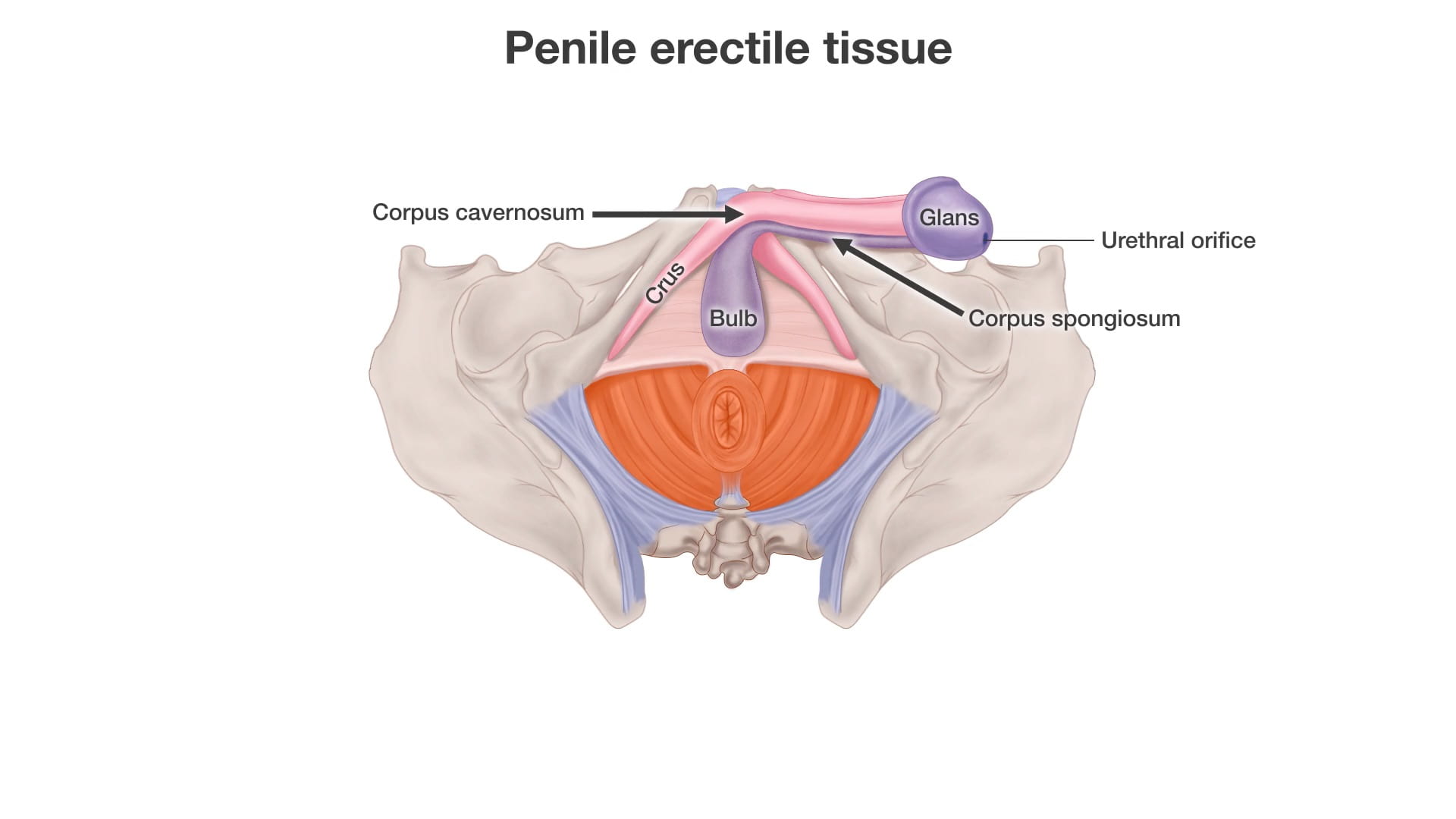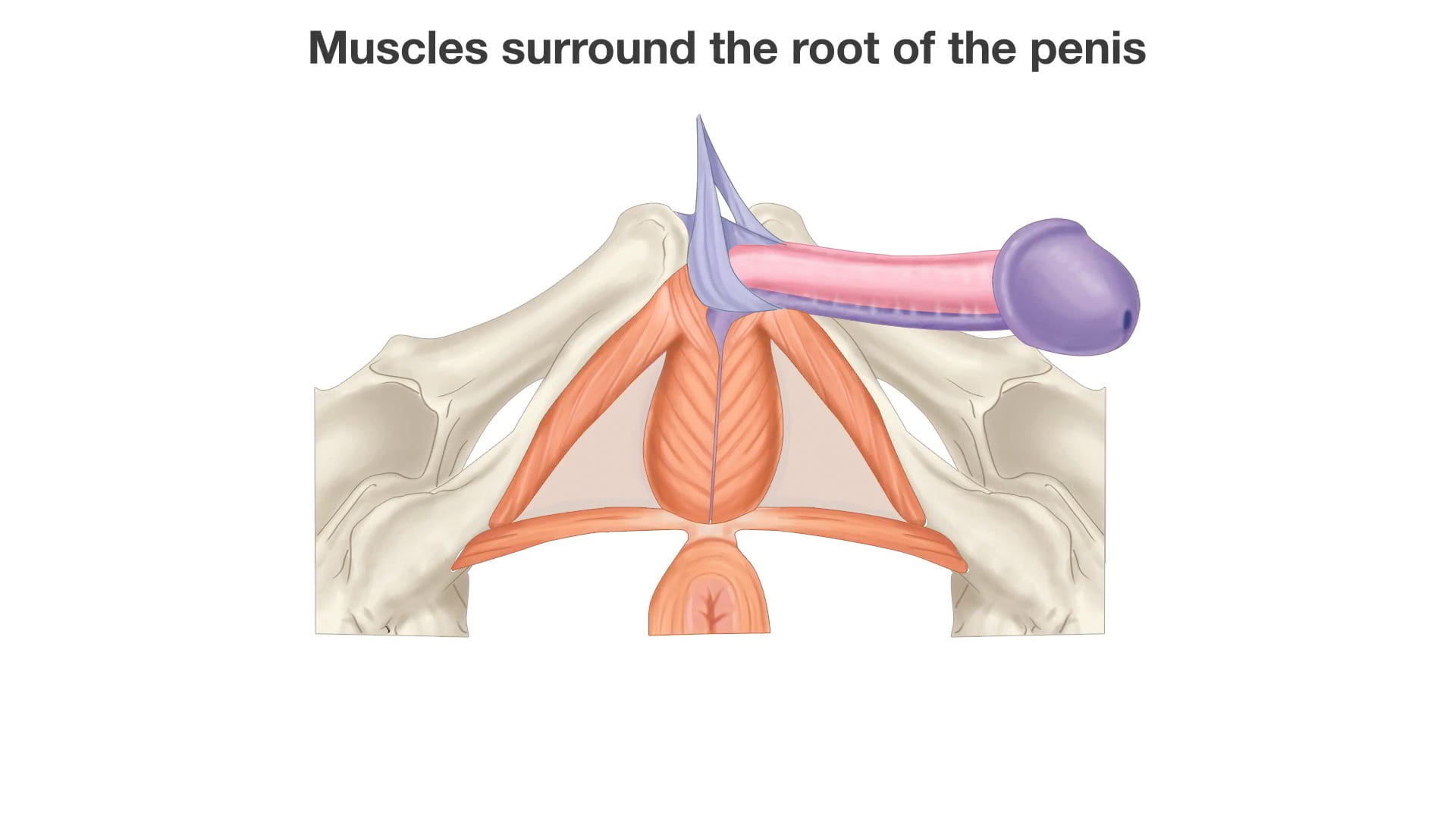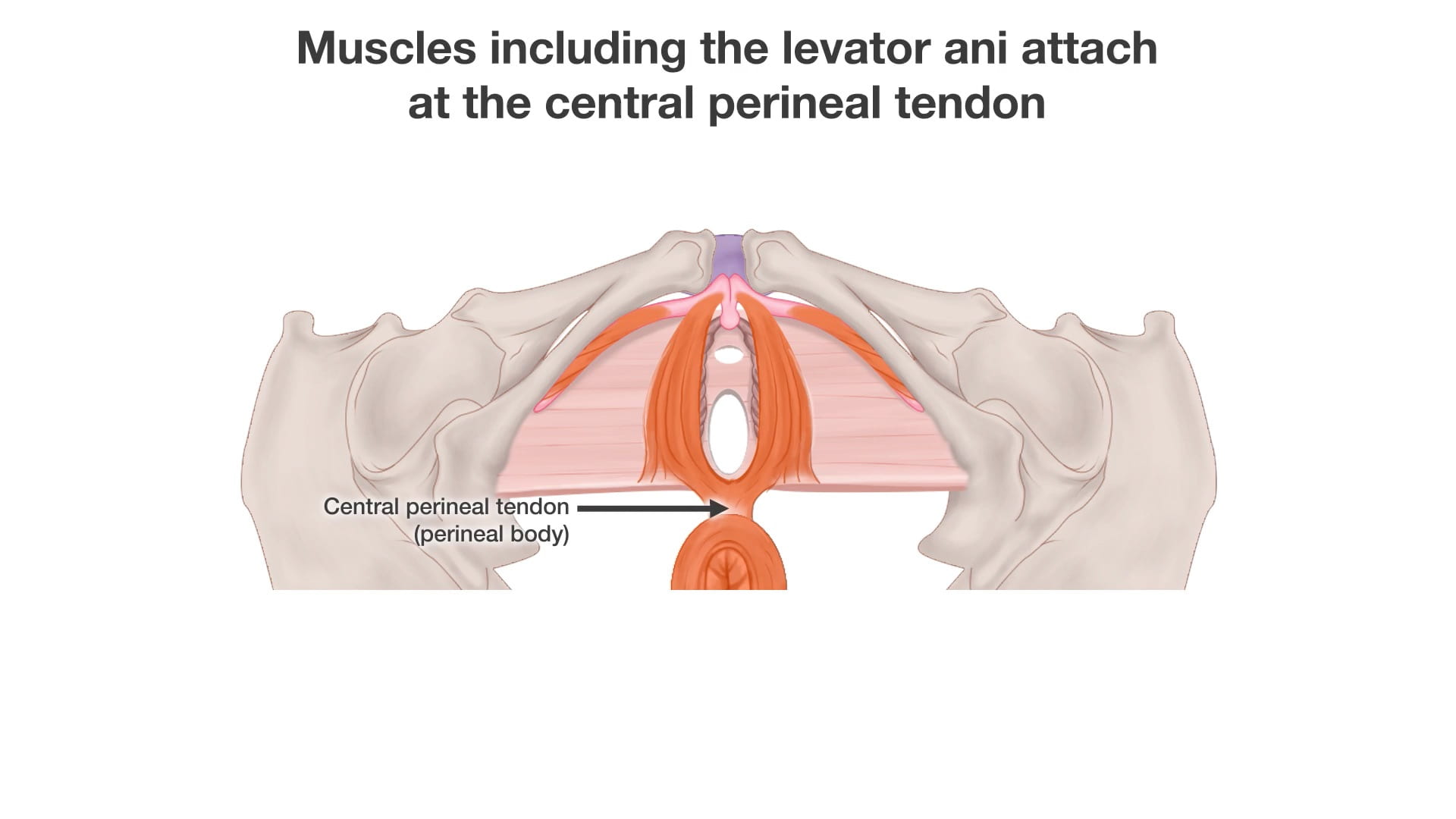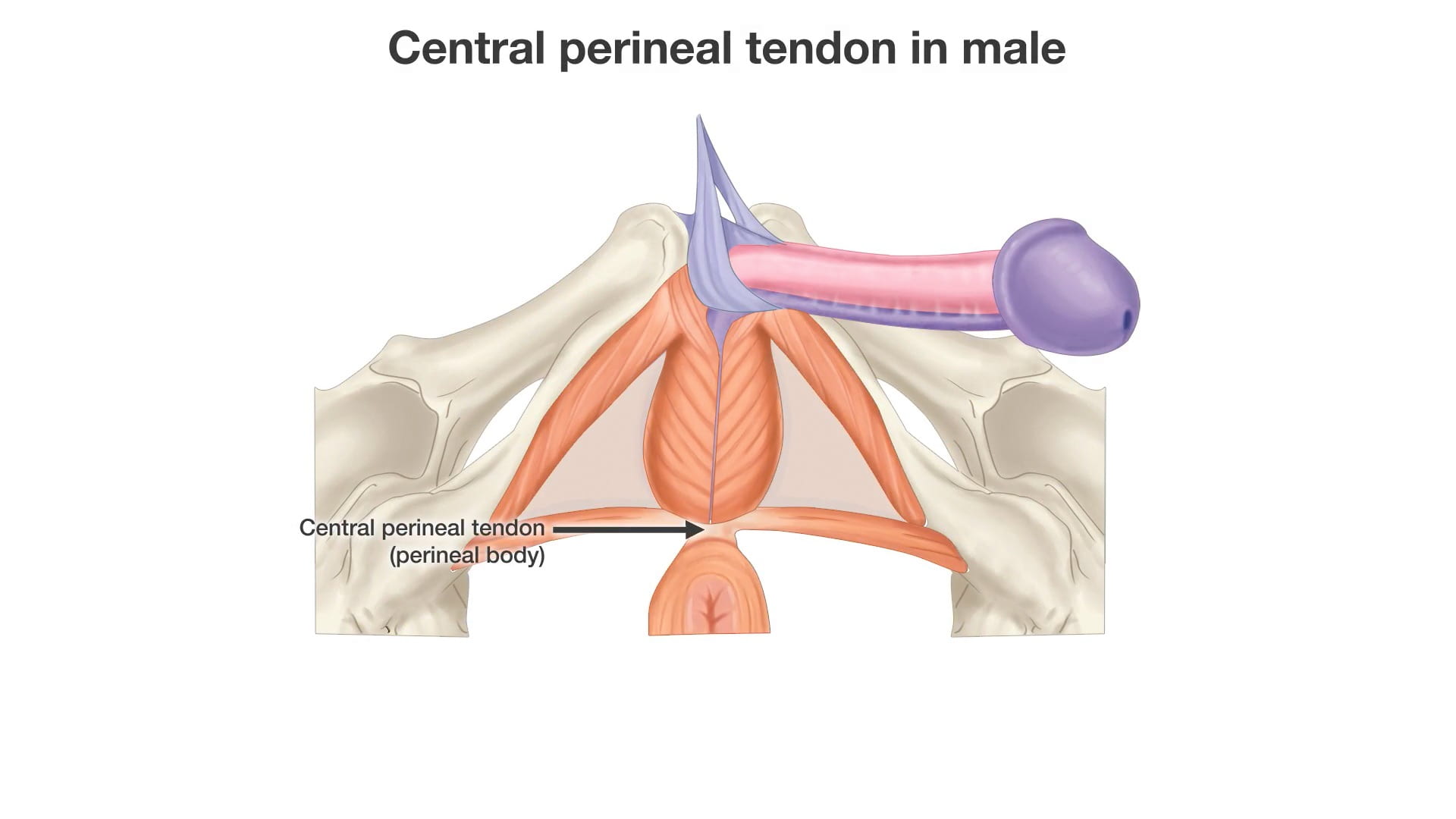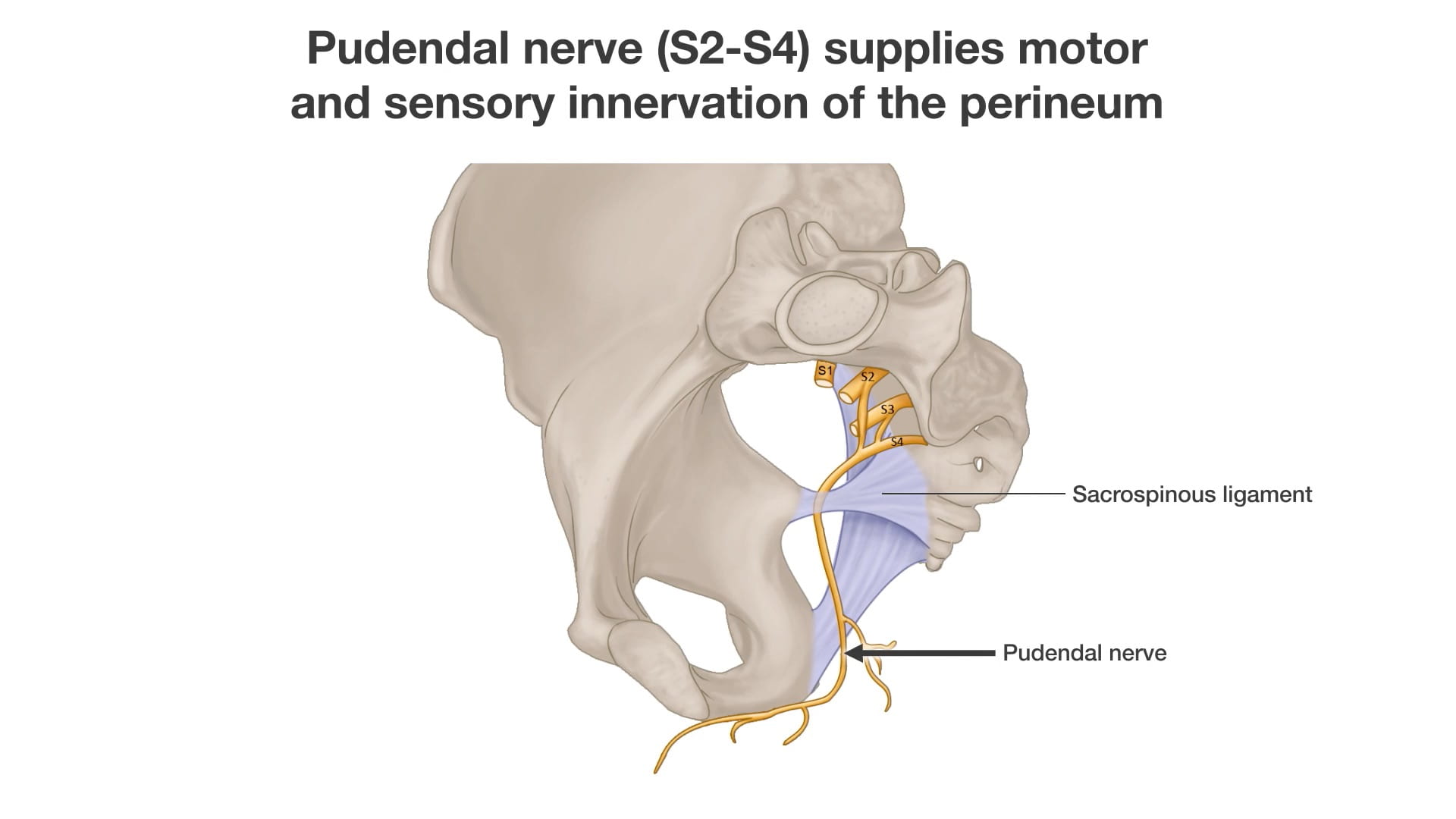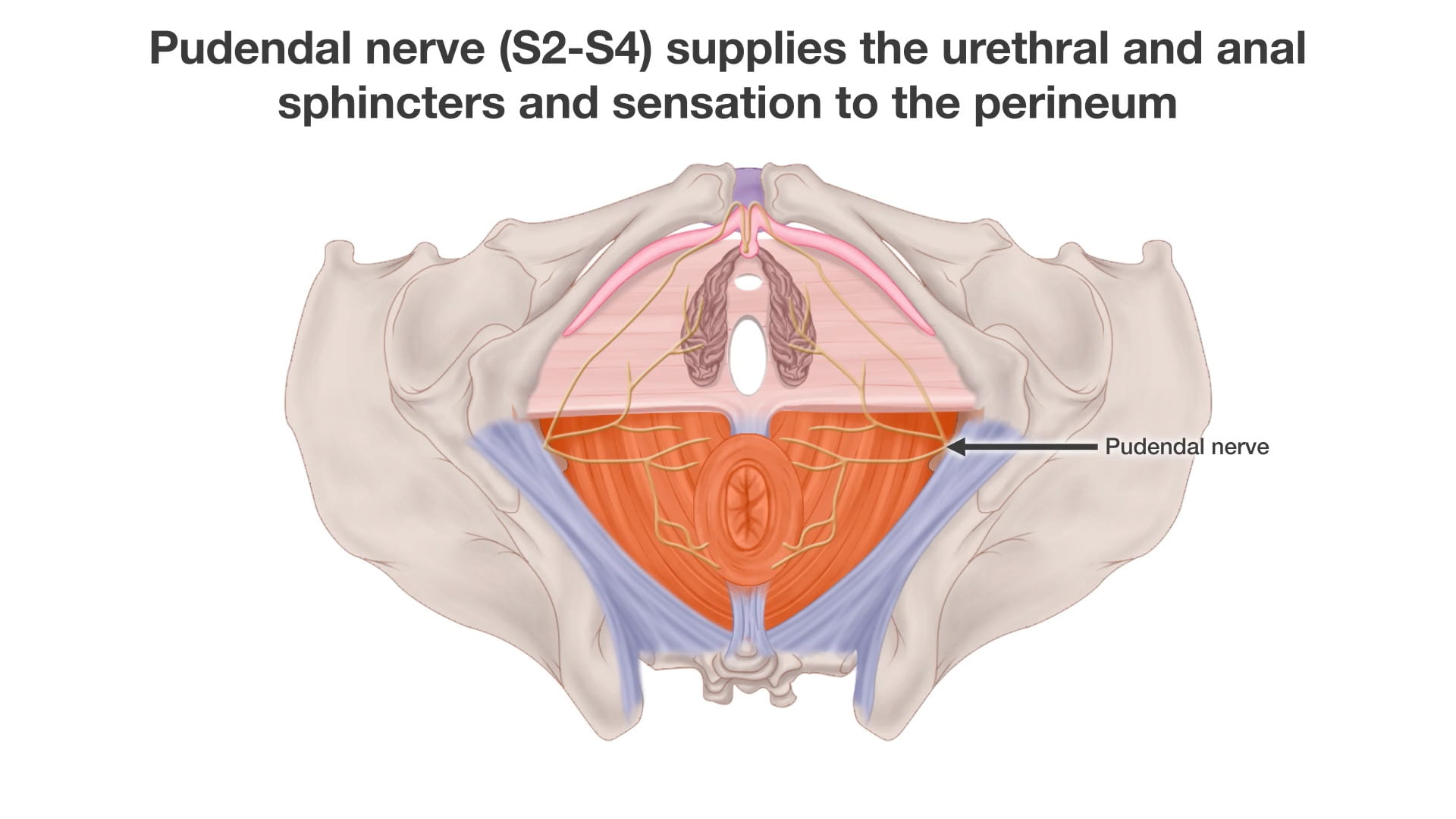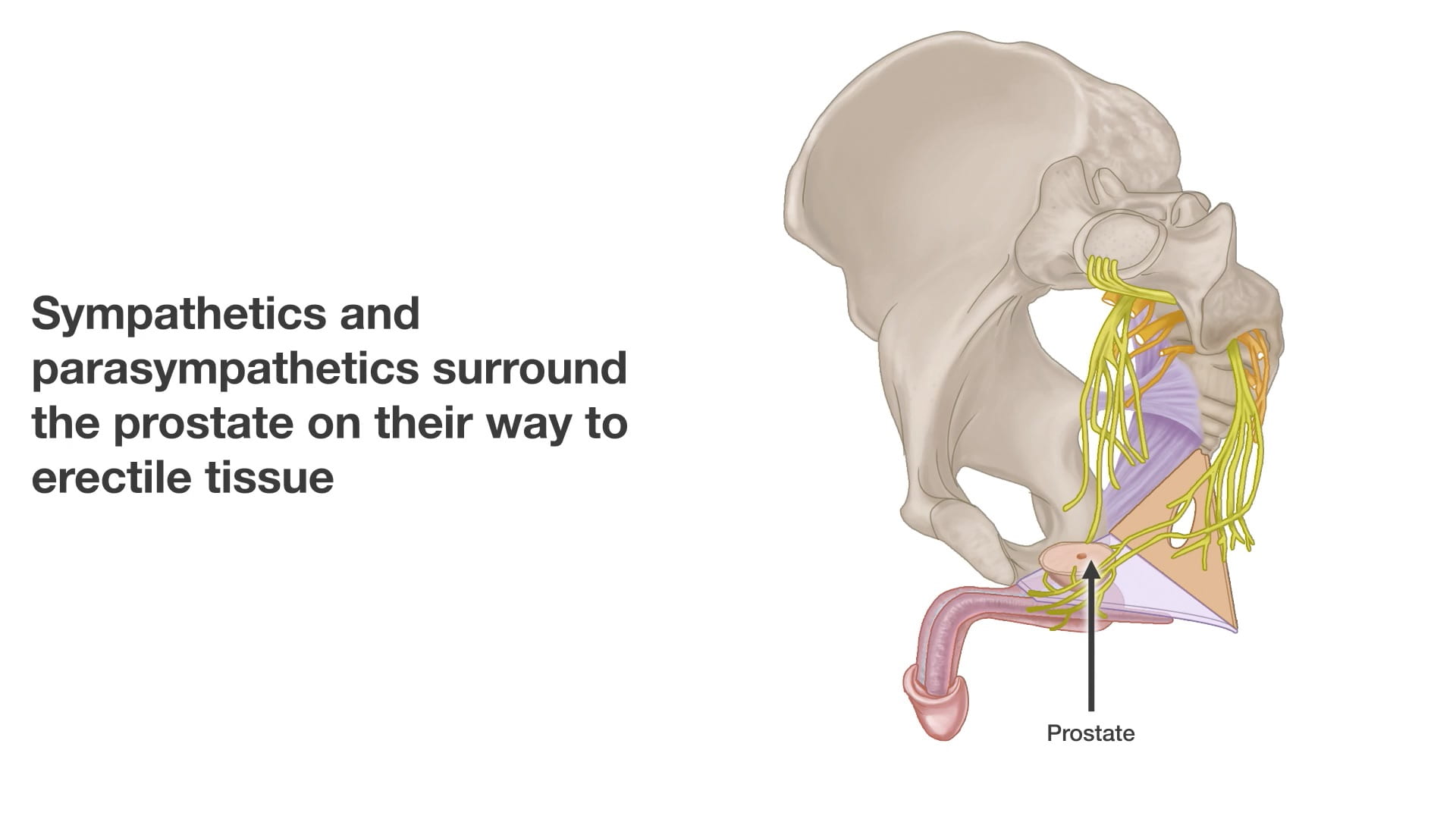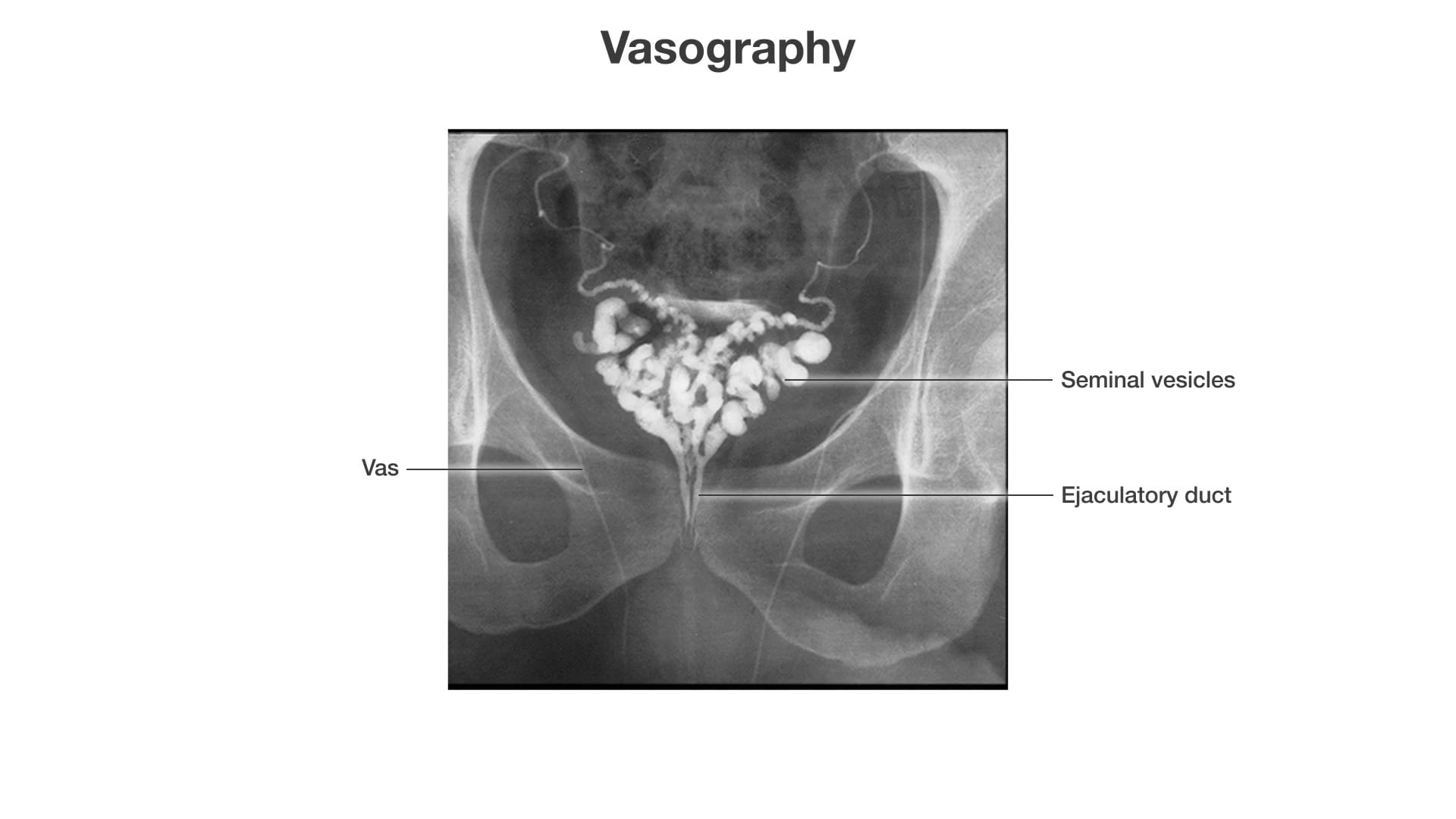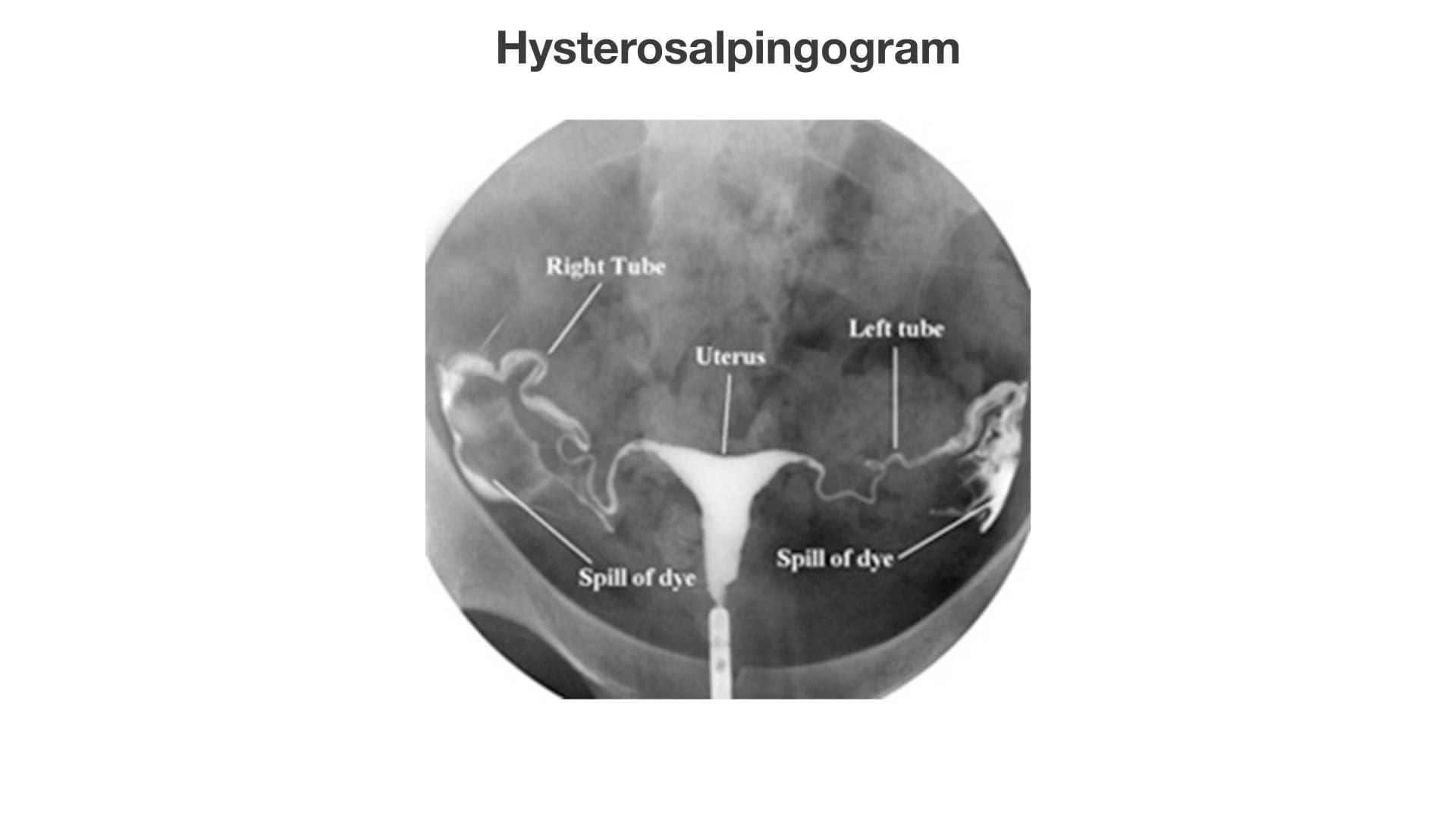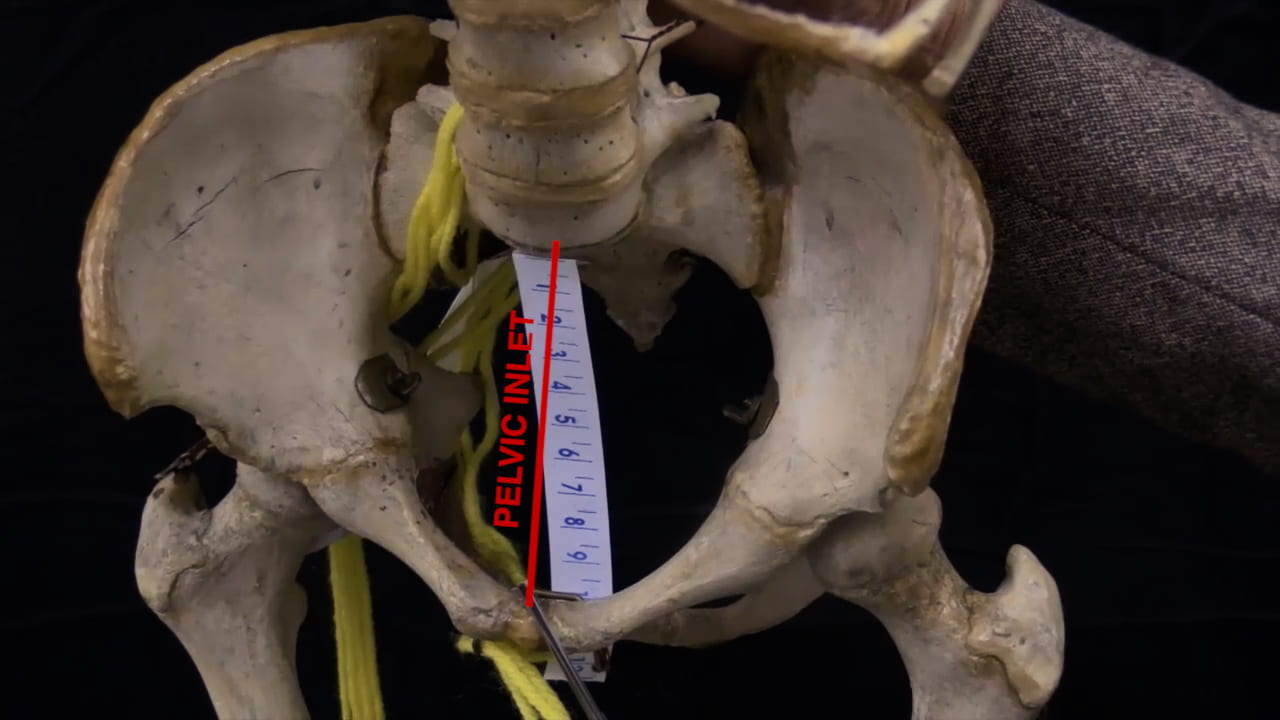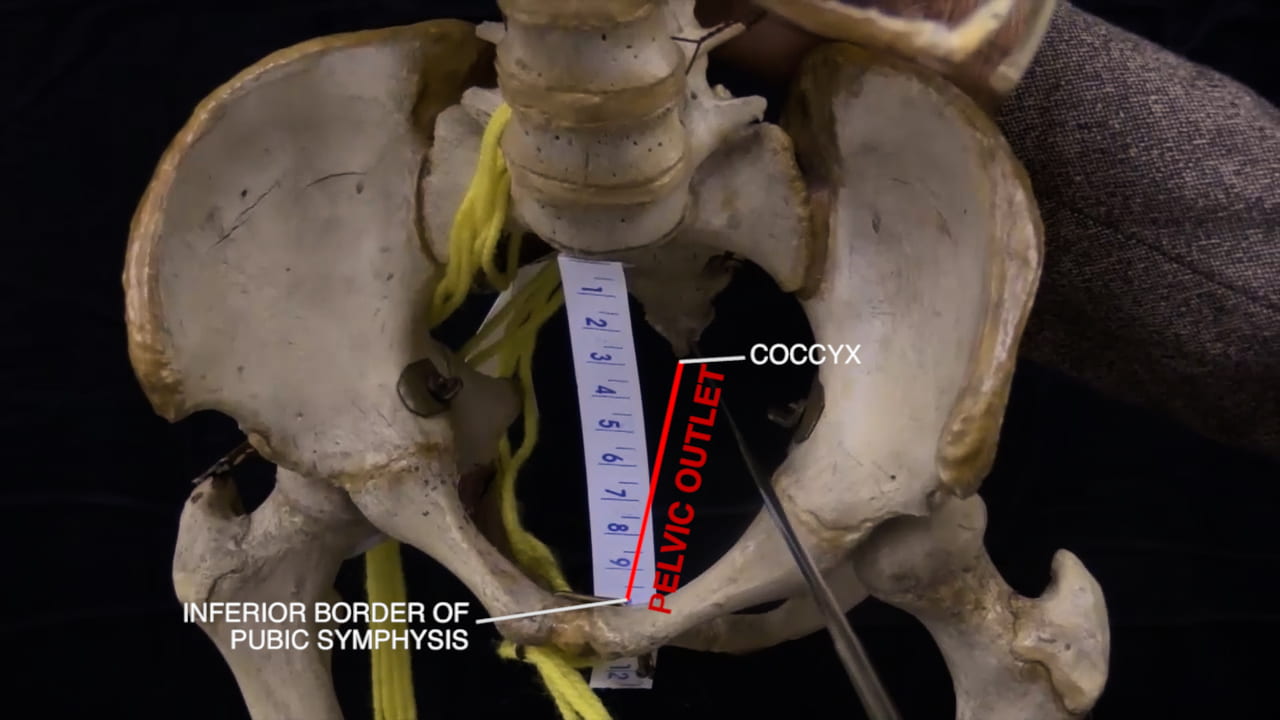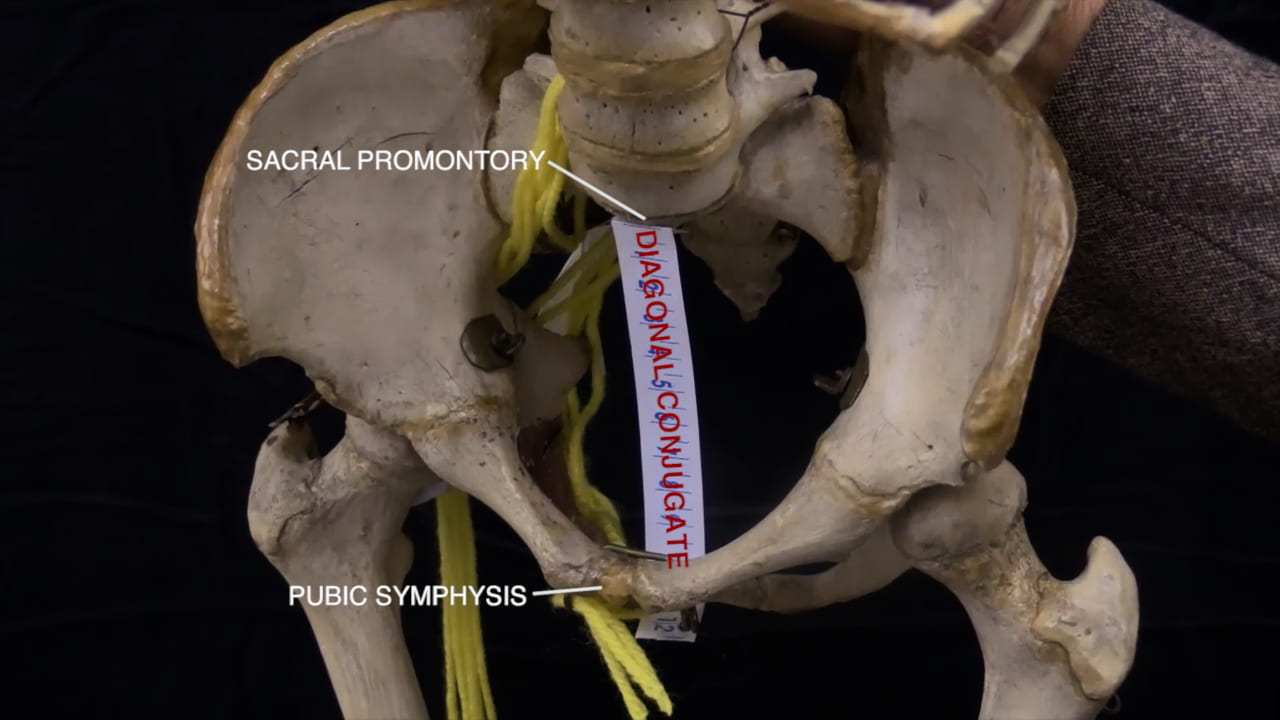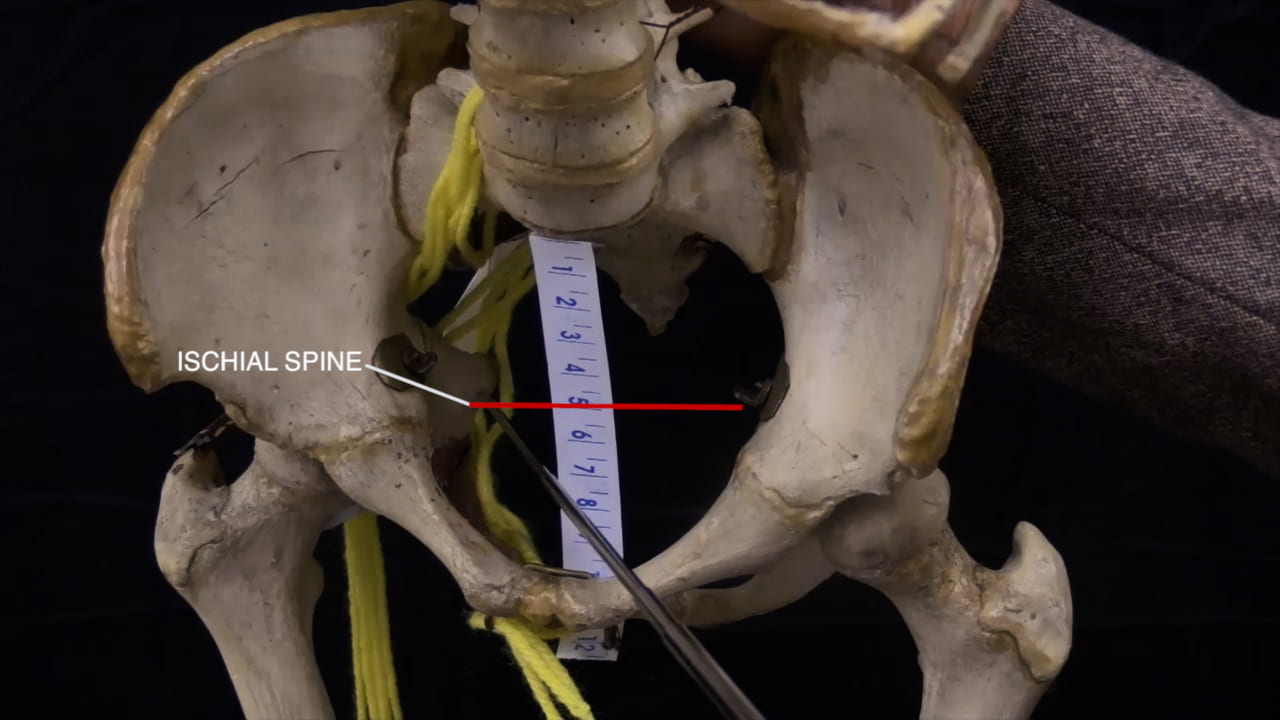Pelvis Introductory Discussion
Lab Summary
An introduction to the bony pelvis is followed by a video of male and female pelvis to illustrate their similarities and differences. The detailed anatomy of the bony pelvis follows.
Lab Objectives
- Describe the course of sciatic nerve as it leaves the pelvis.
- Describe relationships of vessels and nerves of gluteal region to piriformis muscle.
- Describe spinal nerves that contribute to lumbosacral plexus.
- Name the main branches of internal iliac artery and regions they supply.
- Name structures at trigone of bladder.
- Describe relationships of inferior epigastric vessels and deep inguinal ring.
- Describe the course and function of the pudendal nerve.
Lecture List
Introduction to Pelvis, Male and Female Pelvis, Skeletal Pelvis
Sex, Gender, and Anatomic Dissection
For the purpose of this course, we will use the phrase sex or “assigned sex” based on the appearance of external genitalia. Thus, male refers to individuals presenting with penis/testes; female refers to individuals presenting with vagina/uterus/ovaries. No intersex bodies are examined during this course.
The scope of this course is constrained to anatomical examination of cadavers and, thusly, focuses on assigned sex. Out of respect for the donors, we do not speculate about their personal gender identity.
The course does not address broader conversations of gender identity and expression. We still recommend familiarizing yourself with the intersections and differences between assigned sex, gender identity, and gender expression. In clinical settings, you will encounter individuals with any number of permutations of the identities outlined below.
Currently, gender-affirming surgery (surgical procedures to align a person’s primary and/or secondary sexual characteristics with their gender identity) is not discussed, though we hope to expand the scope of instruction in the future.
Sex and Gender Terminology
- Assigned Male at Birth (AMAB)
- Assigned Female at Birth (AFAB)
- Intersex: Born with sexual characteristics that do not fit binary sex
Gender Identity: How an individual identifies themselves (binary or non-binary)
Gender Expression: How an individual wishes to be perceived publicly
Cisgender: Denoting or related to an individual whose sense of gender identity corresponds with their sex assigned at birth
Transgender: Denoting or related to an individual whose sense of gender identity differs with their sex assigned at birth
Gender Affirming Surgery: Surgical procedures to align an individual’s body with their gender identity

